[ad_1]
Vermont has maple syrup. Florida has oranges. Oregon has marionberries. Named for the Oregon county whereby it was developed, marionberries are the outcomes of cross-breeding ‘Chehalem’ and ‘Olallie’ blackberries. The final word plant, which was launched by the Faculty of Oregon and america Division of Agriculture throughout the 1950’s, was the juicy, sweet-meets-tart ‘Marion’ blackberry, additional generally called marionberry.
Oregon continues to champion the marionberry to right now, and due to this, this delicious caneberry is broadly adored by industrial growers and residential gardeners alike. In 2008, Oregon growers produced over 39 million kilos of blackberries, with marionberries accounting for two-thirds of that crop. The state of Oregon even designated marionberry pie as its official state pie in 2017.
The good news is that you simply simply don’t have to remain in Oregon to benefit from rising (and consuming!) this beloved berry. Beneath the right circumstances, marionberry is an easy-to-grow plant that thrives throughout the dwelling yard.
Marionberry Overview
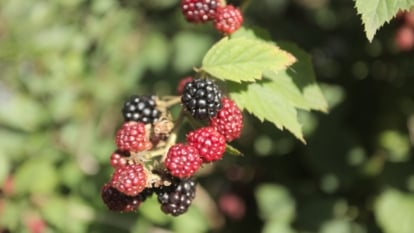

|
|
|
|
What Is It?
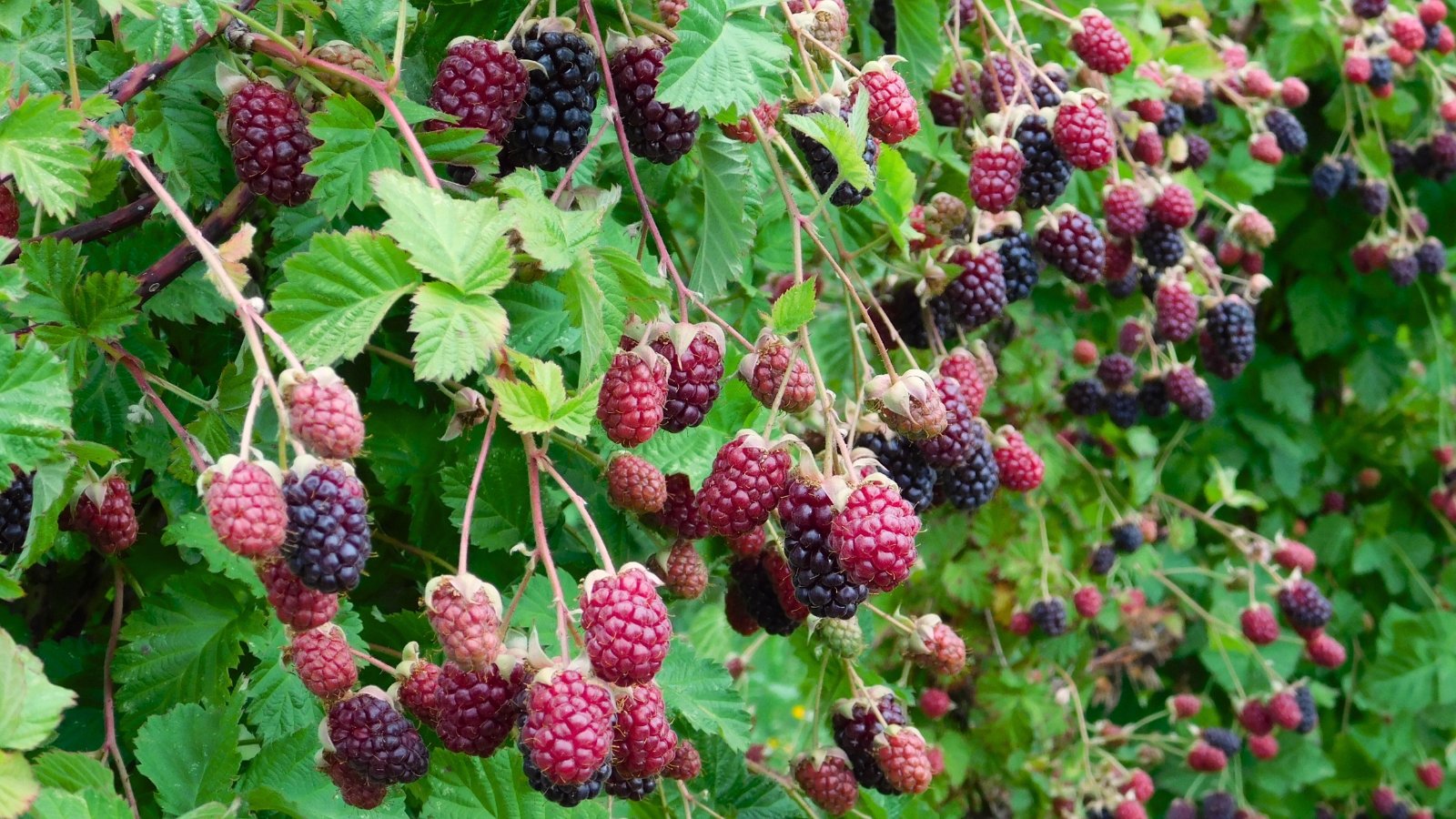

Marionberries are a cane-producing perennial plant, along with raspberries and totally different blackberry hybrids. From their crown, they sprout thorn-covered, versatile, woody stems referred to as canes, which is ready to produce leaves, flowers, and fruit.
Marionberries, like totally different blackberries, have a distinctive improvement habits. Whereas the roots and crown are perennial, the leaf and fruit-bearing canes above are biennial.
Vegetative first-year canes (referred to as “primocanes”) overwinter on the plant after which produce small white flowers, and subsequently, fruit of their second 12 months. At this stage, they’re referred to as “floricanes”.
Floricanes flower in late spring, and the plump, aromatic berries that appear in mid July are extraordinarily wished for his or her sweet, however earthy-rich style. If not immediately devoured up current, berries can be become jams, baked into pies and tarts, tossed into salads and cocktails, and even cooked into pork chops.
Planting
Marionberries are troublesome to start from seed and are sometimes grown from a transplant or bare root. For every methods, wait until the specter of frost has handed throughout the spring, and the soil can be merely labored.
Transplanting
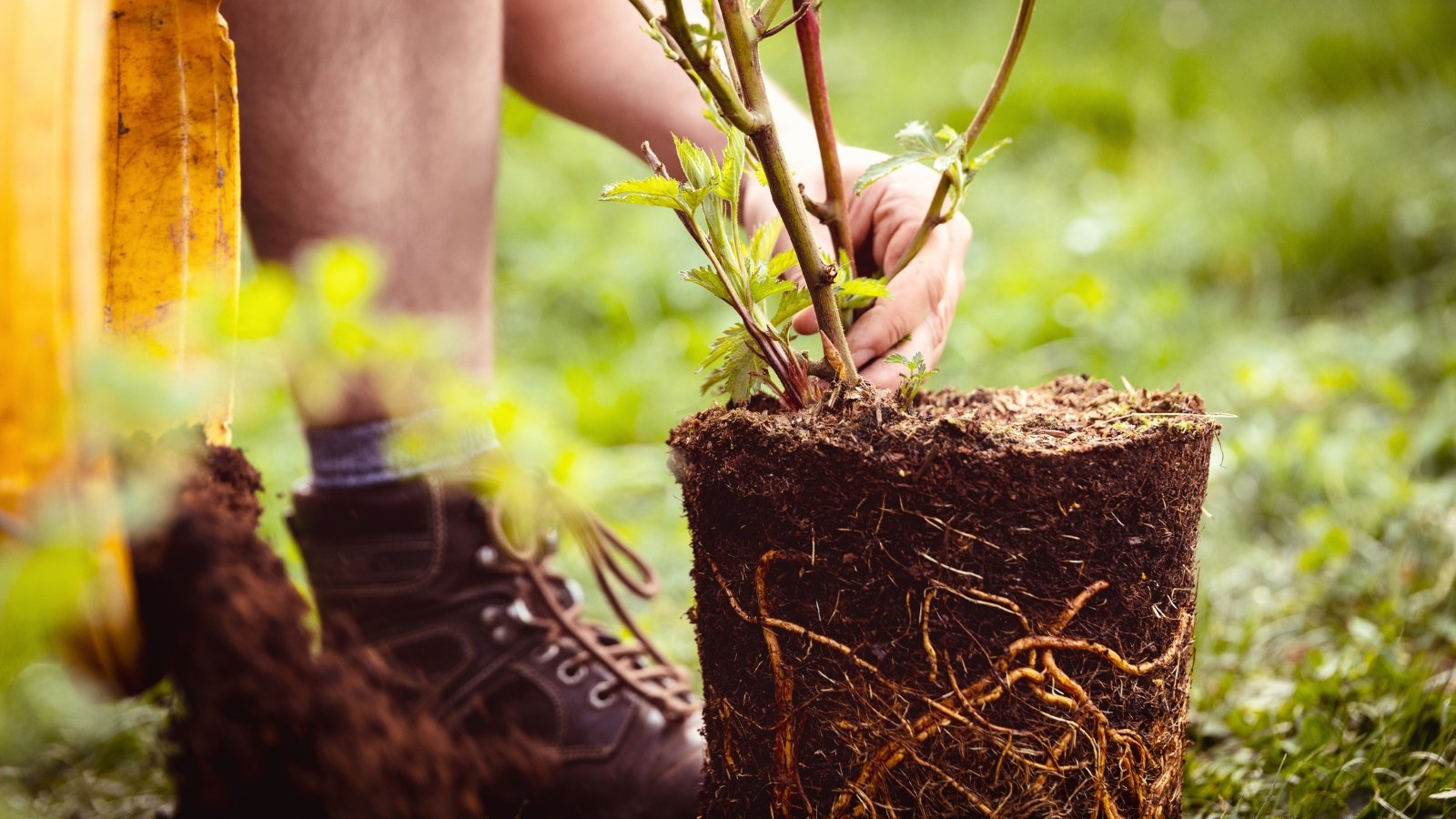

Planting a potted marionberry is simple! Dig a niche at least two situations the size of the nursery pot. Rigorously pop the plant out from its nursery pot and set it throughout the hole, ensuring that the idea ball is stage with the encircling soil. Vegetation set too extreme throughout the ground might get heaved out all through winter frost heaves, and vegetation buried too deeply might endure from girdled stems and suffocation.
Now backfill. I need to push about half the soil once more throughout the hole, water deeply with a hose to remove any hidden air pockets, then push the remaining soil in.
Give marionberries a great deal of room to stretch their canes. Space specific individual vegetation 3-5 toes apart in rows that are at least 6 toes apart.
Bare Root Vegetation
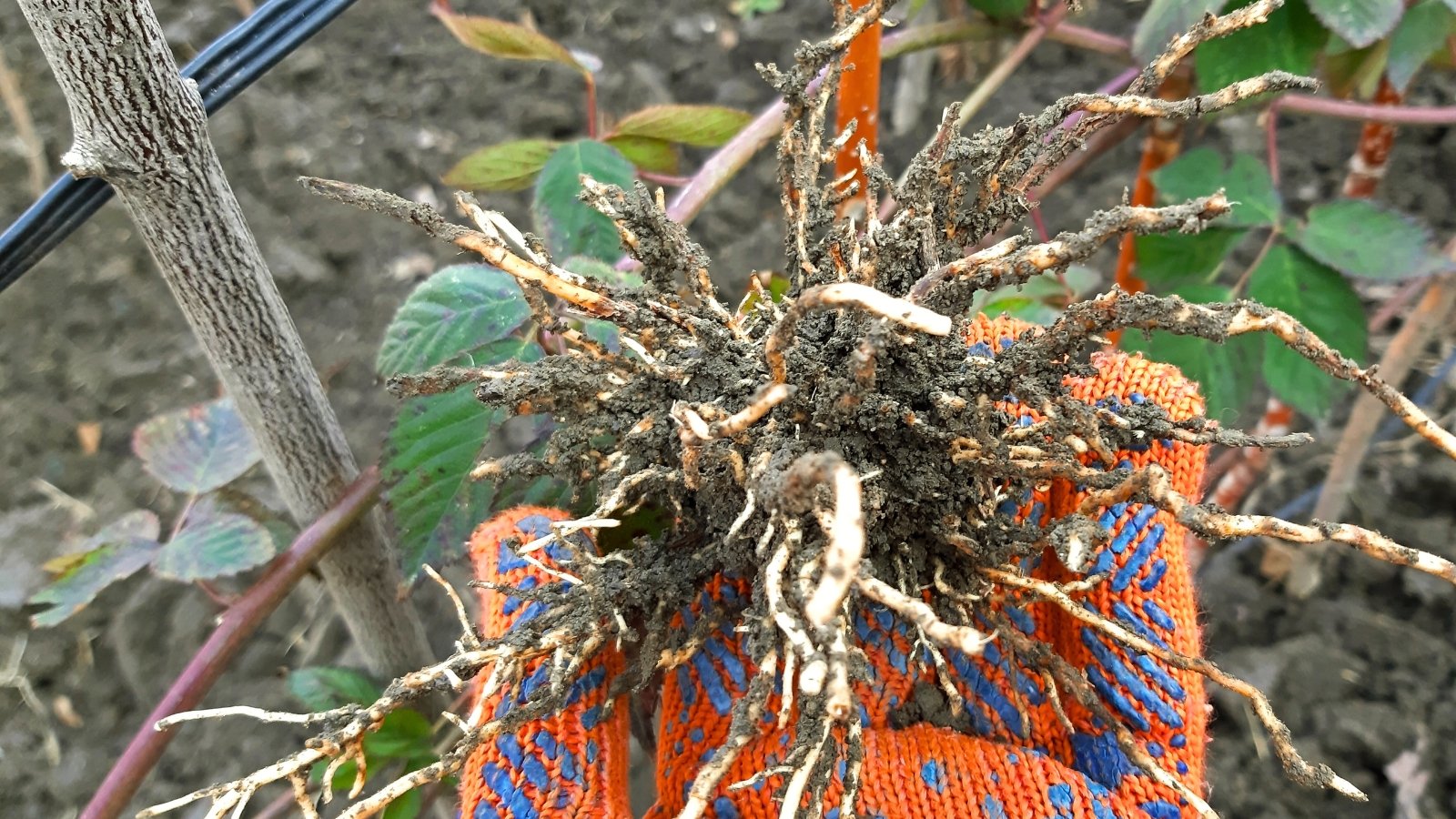

Bare roots are merely as they sound: a small a part of stem or cane, with a clump of roots attached. They won’t look like loads, nonetheless, a great deal of vegetation develop happily from a unadorned root planting, along with fruit bushes, roses, and positive, marionberries.
In case you occur to’ve obtained an order of bare root marionberries throughout the mail, you’ll have to unpack and plant them immediately. Retailer them someplace cool and barely humid – a fridge or basement will work – ought to you possibly can’t plant them inside just some days of their arrival. Soak the bare root in water for just some hours merely earlier to planting.
Time to dig! The opening should be broad enough to may help you unfold the roots out. Place the bare root throughout the planting hole, after which backfill, taking care to cowl the roots evenly with soil. Roots uncovered to air and daylight isn’t going to outlive for an extended time interval. Water the bare roots deeply to help settle the soil and push in any air pockets.
One of the best ways to Develop
Marionberries are considerably picky relating to the correct rising setting, nonetheless they require little or no maintenance besides for his or her yearly pruning. When planted throughout the appropriate location, these resilient cane-bearing vegetation will current current fruit for years to return again.
Mild


Plant marionberries in full photo voltaic. These vegetation will tolerate partial shade, nonetheless gardeners will doable see fewer berries.
Water
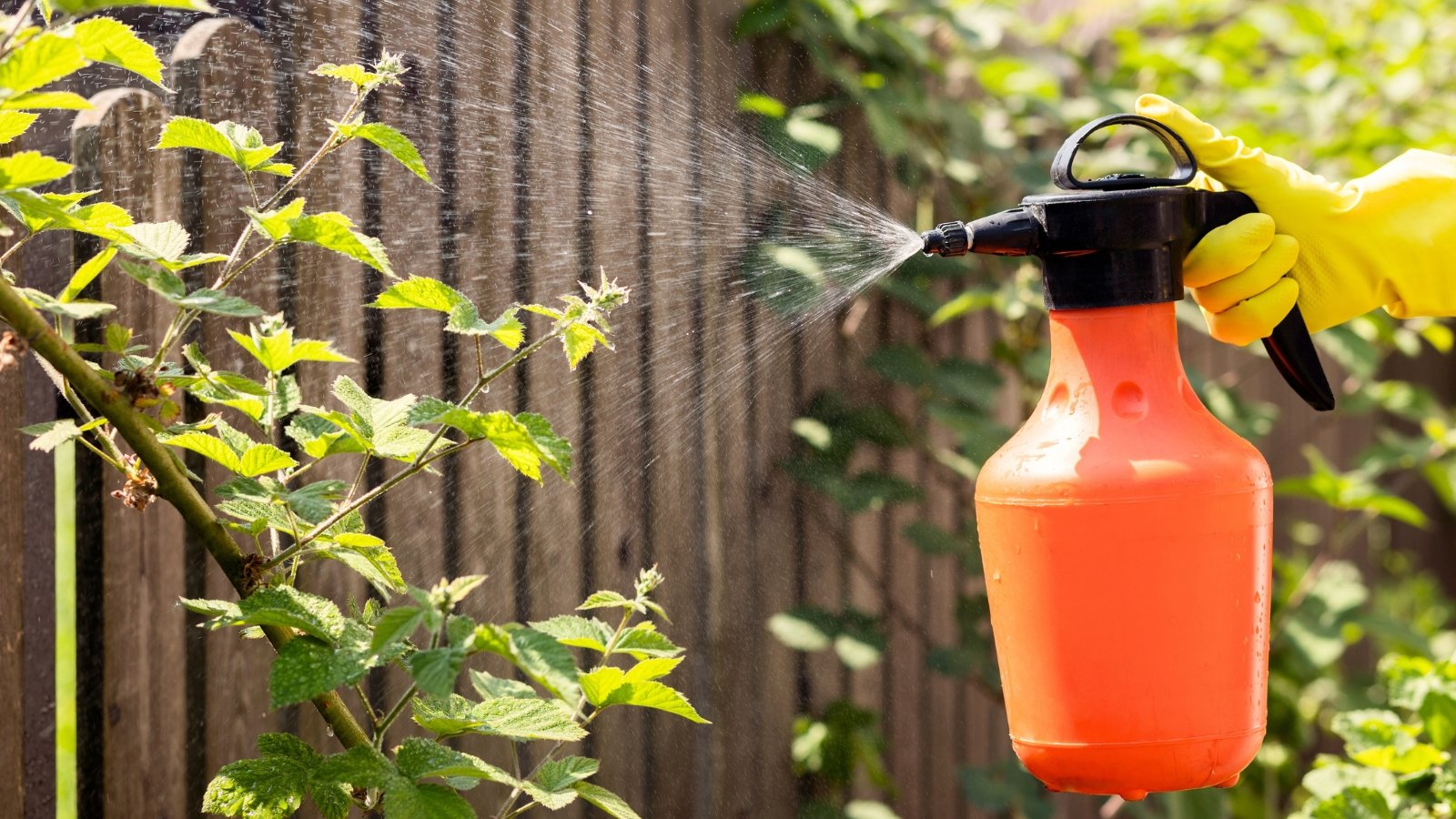

Marionberries are thirsty vegetation, and gardeners should objective to supply them 1-2 inches of water per week. These vegetation are decidedly not drought-tolerant, they normally’ll need longer, additional frequent watering all through scorching, dry intervals. Overhead watering promotes fungal sicknesses, so take note of placing in drip irrigation to maximise effectivity and stay away from soaking the upper leaves and stems.
Soil
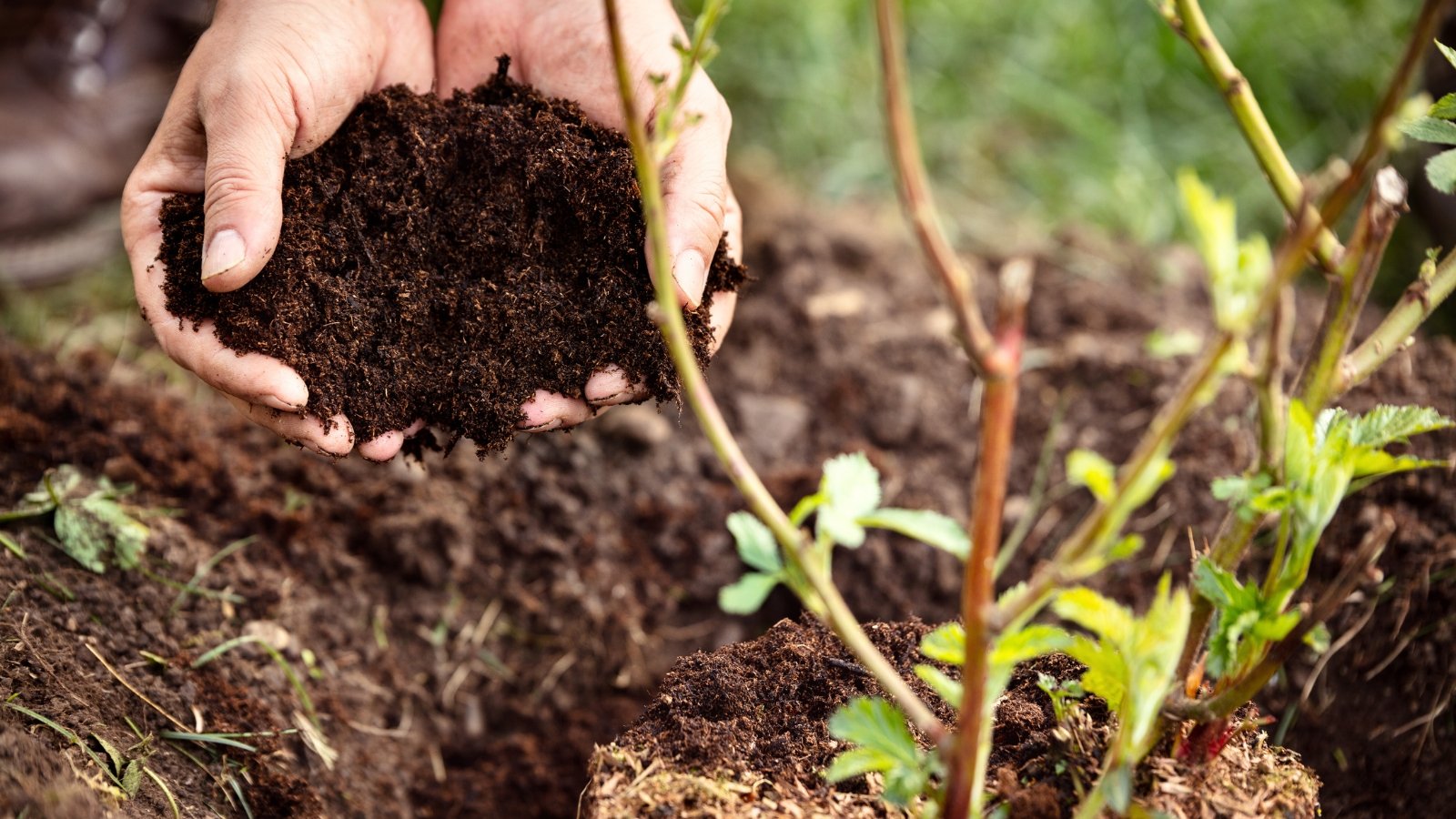

Plant marionberries in loamy, well-drained soil that is extreme in pure matter. Add a great deal of leaf mould or compost to the yard earlier to planting. These vegetation moreover need barely acidic soils, generally a pH of 5.6–6.5.
Marionberries can be grown in raised beds, which is an environment friendly choice in case you’ve gotten terribly poor native soil with little to no drainage. Nonetheless, their expansive, trailing nature means they’re going to take up home shortly. Plan ahead and guarantee your raised mattress is satisfactorily sized.
Temperature and Humidity
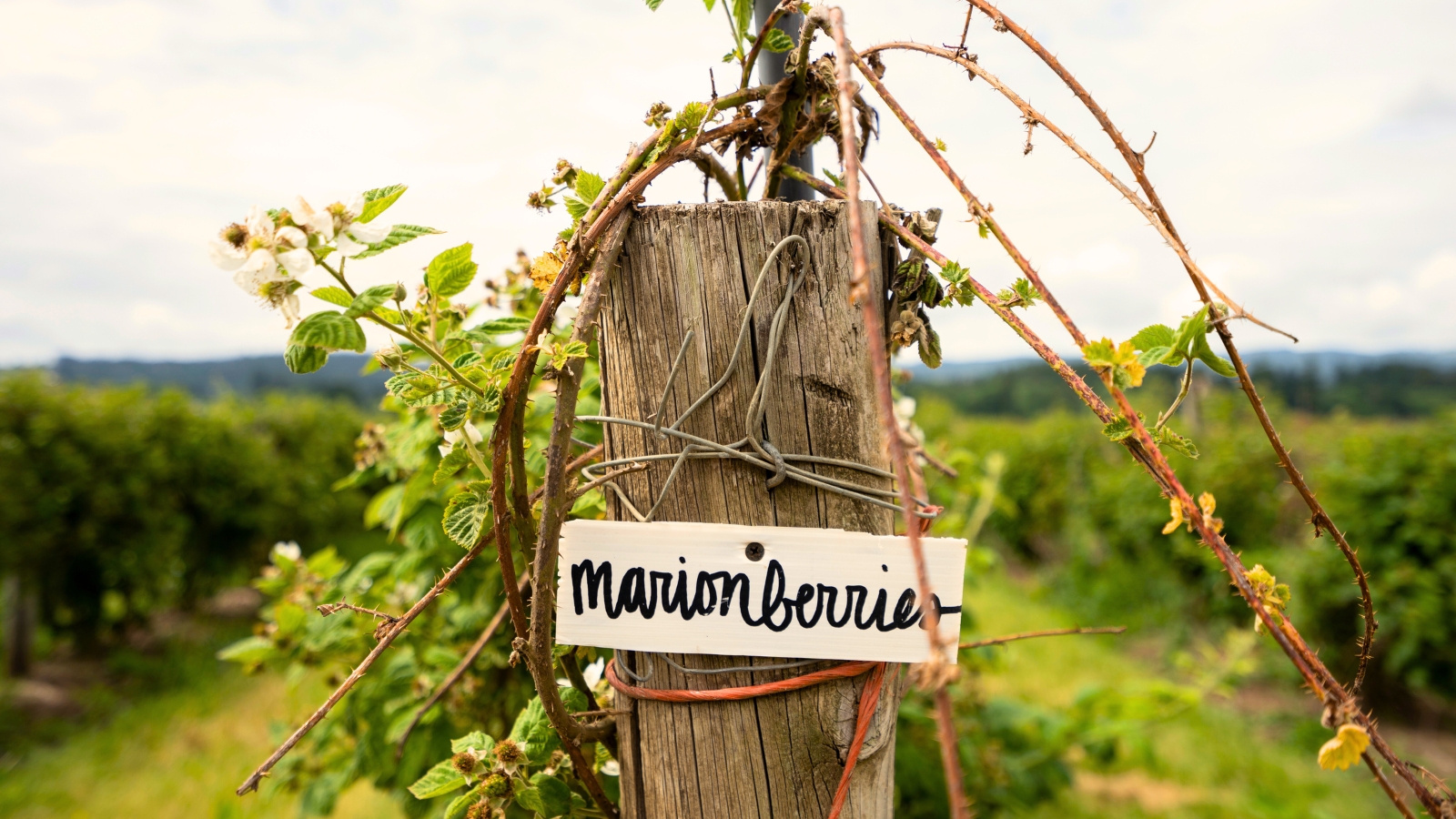

Marionberries are express in relation to their rising native climate. Hardy merely in zones 6-9, these vegetation need mild, temperate circumstances. They do not develop correctly in extreme heat or chilly. True to their Pacific Northwest roots, marionberries will thrive in any space that has cool, moist winters and dry, mild, sunny summers.
Fertilizing
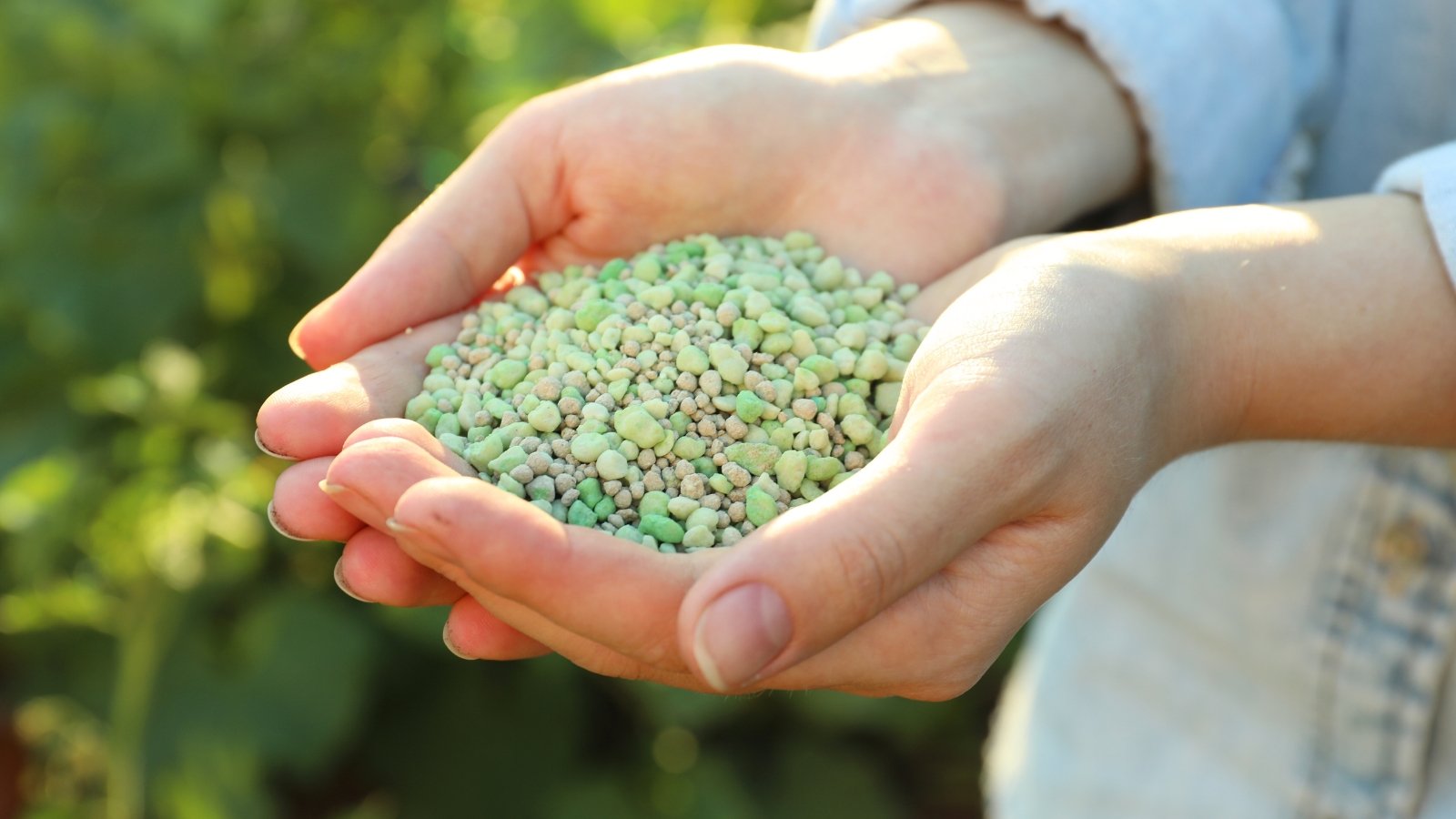

Marionberries are heavy feeders and require an annual dose of compost and fertilizer to stay healthful. Fertilize vegetation with a balanced, granular fertilizer in early spring, when new improvement is solely rising.
Gradual cane improvement and pale, stunted leaves may be indicators that the plant is nitrogen-deficient. Take note of making use of a nitrogen-based fertilizer a number of month sooner than harvest time do you have to uncover these indicators.
Trellising
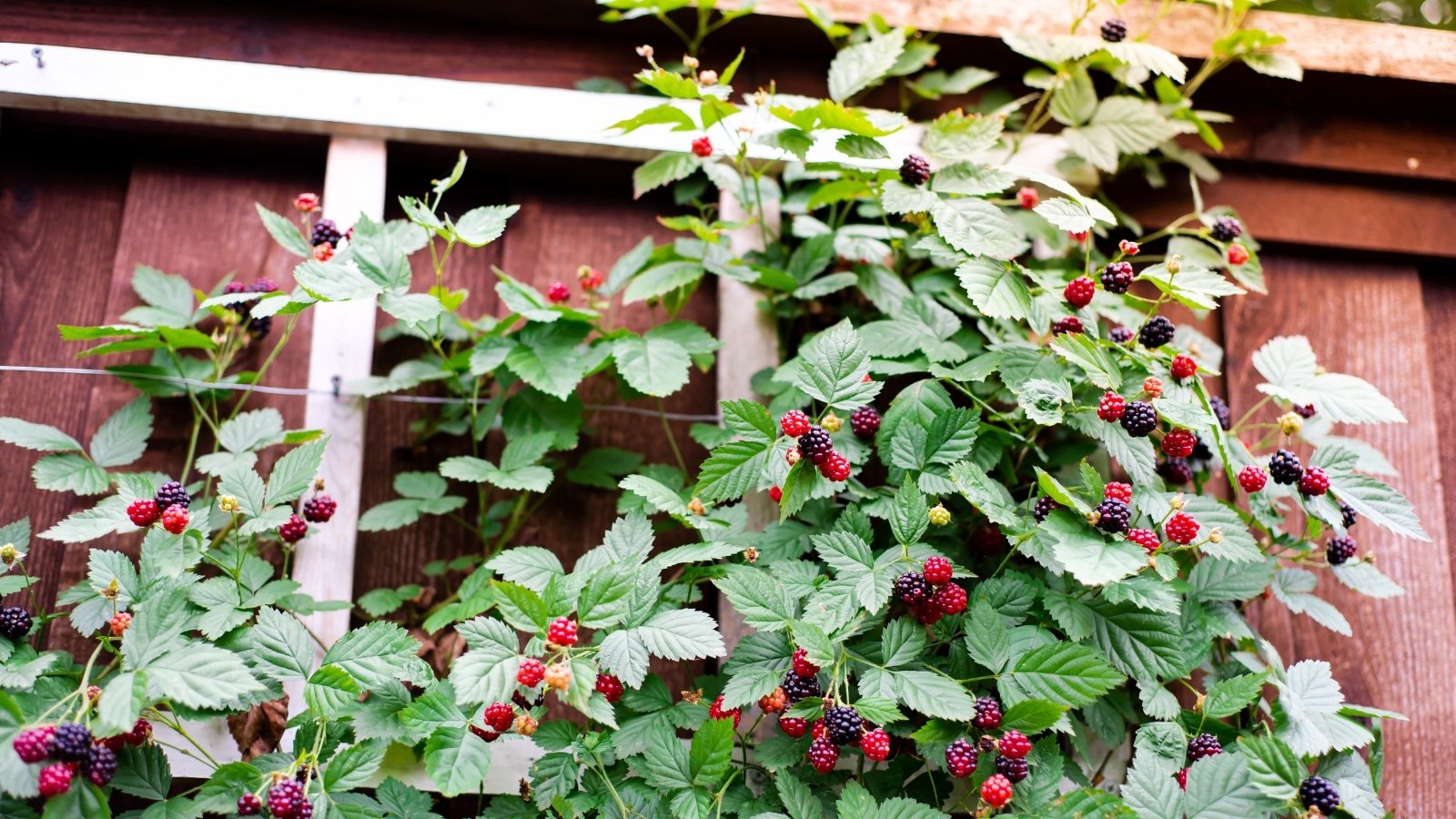

As a form of trailing blackberry, marionberries can produce prolonged canes that may drape on the underside if not accurately supported. Put together primocanes to a fence, a premade trellis, and even your particular person easy-to-build, DIY caneberry trellis.
Trellising this plant retains canes off the underside, permits good airflow between the canes, and likewise provides a physique to throw a row cowl over should exceptionally chilly local weather current up throughout the forecast.
Pruning
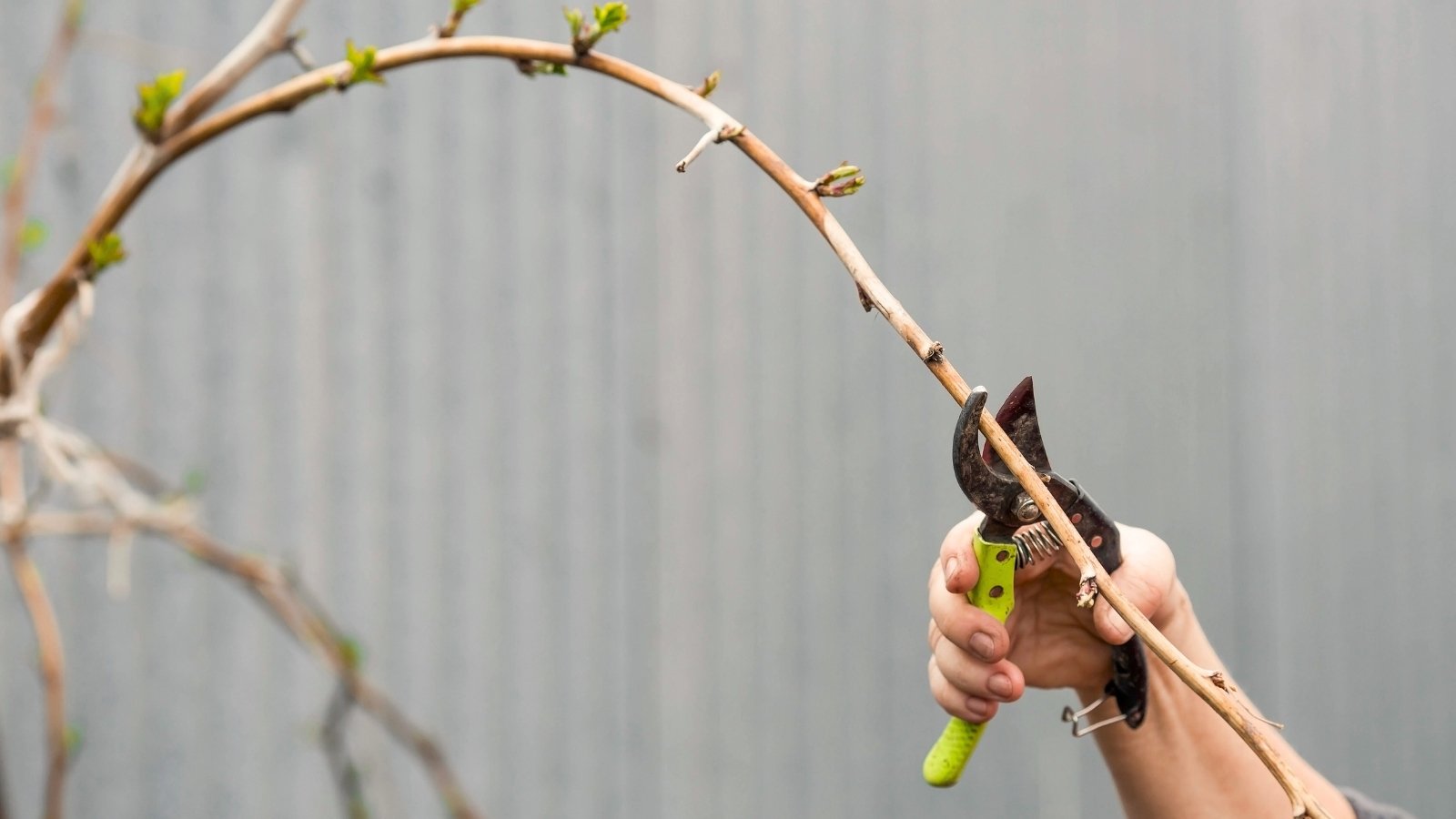

As with most cane fruits, marionberries would require widespread pruning to encourage healthful air circulation and proper fruiting. Inside the first season after planting, no pruning is required, excluding any lifeless or diseased canes. Allow healthful canes to leaf out and the plant to sometimes get established.
The subsequent 12 months, and yearly after, take away the spent floricanes in late summer season season or early fall, after fruits have been harvested. Prune floricanes on the very base of the plant; they will not produce one different batch of berries. Take care to not unintentionally decrease the vegetative primocanes – take into account, these will in all probability be coated in berries the following 12 months!
After the spent floricanes are eradicated, you’ll have home on the trellis to softly ease this 12 months’s primocanes up and off the underside. These will overwinter. It would seem difficult at first, nonetheless after a season or two, the cycle of trellising and pruning will come naturally.
Harvesting and Storage
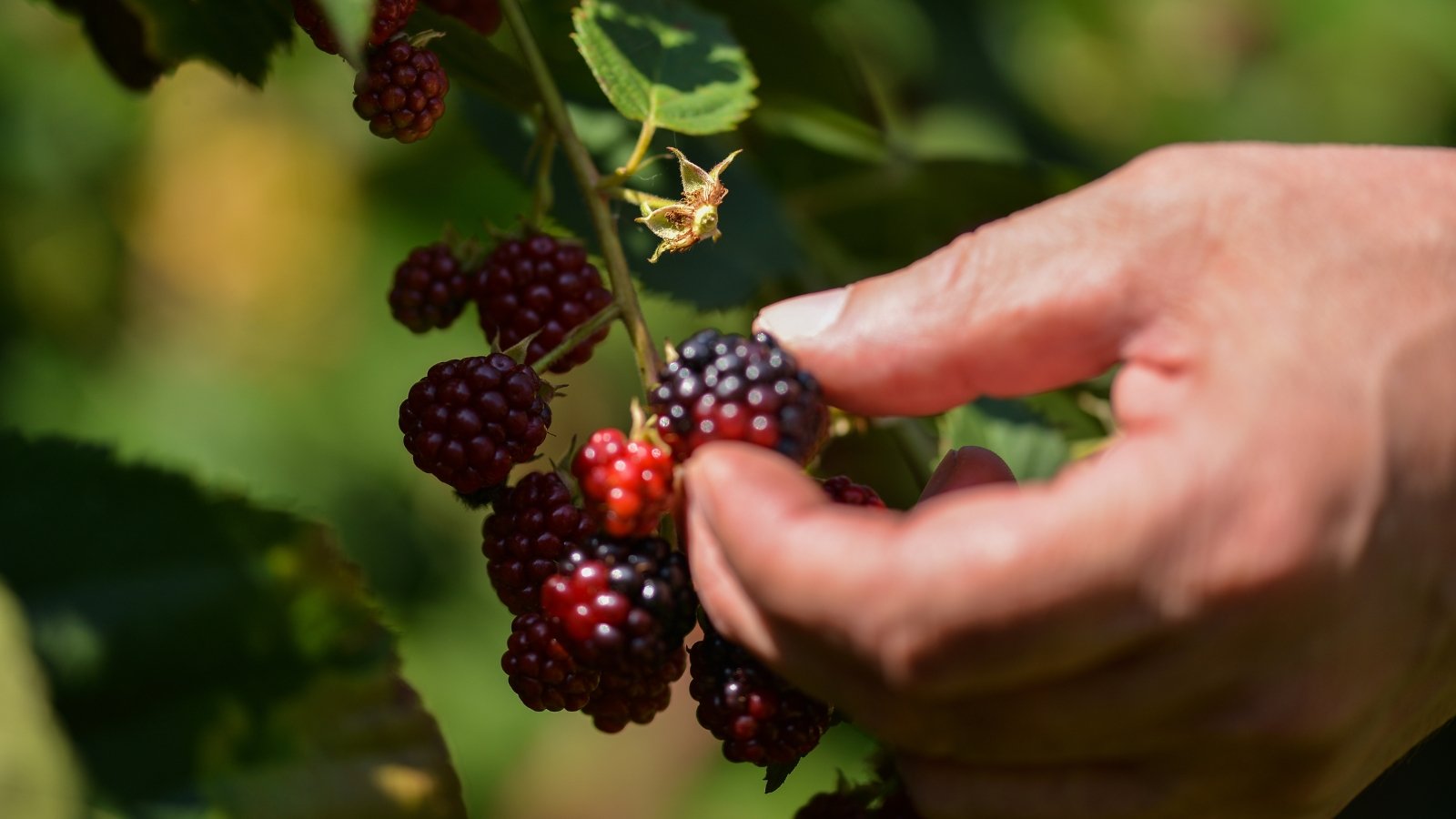

Berries are generally ripe and ready for harvest in mid summer season season, between July and August. Marionberries isn’t going to proceed to ripen as quickly as they’re off the plant, so be affected individual and sit up for the berries to progress from a shiny black to a boring black color. Resolve marionberries throughout the morning when the fruits are company. Evaluation implies that it’s essential to stay away from harvesting throughout the rain or when the fruits are moist, to cease mould and decay.
Eat these sweet fruits current while you’re poking throughout the yard (which is my favorite choice to eat berries!), or ship them inside. On the counter, marionberries will generally ultimate merely 1-2 days, whereas refrigerated berries might ultimate 3-5 days. Do not wash berries until you is likely to be almost to eat them. Pop them throughout the fridge dry; moisture could trigger mould to develop.
For tasty marionberries all 12 months prolonged, you’ll should freeze them. I need to softly unfold my berries all through a chopping board after which place the chopping board throughout the freezer in a single day. This helps to freeze each specific individual berry and prevents the big lump of freezer-burned fruit that we’ve all expert. As quickly as individually frozen, berries can be saved in a freezer bag or storage container.
Frequent Points
These vines are very resilient, nonetheless not fully proof towards pests and sicknesses.
Pests
Birds and bugs are the most important threats to ripening fruits.
Vertebrate Pests
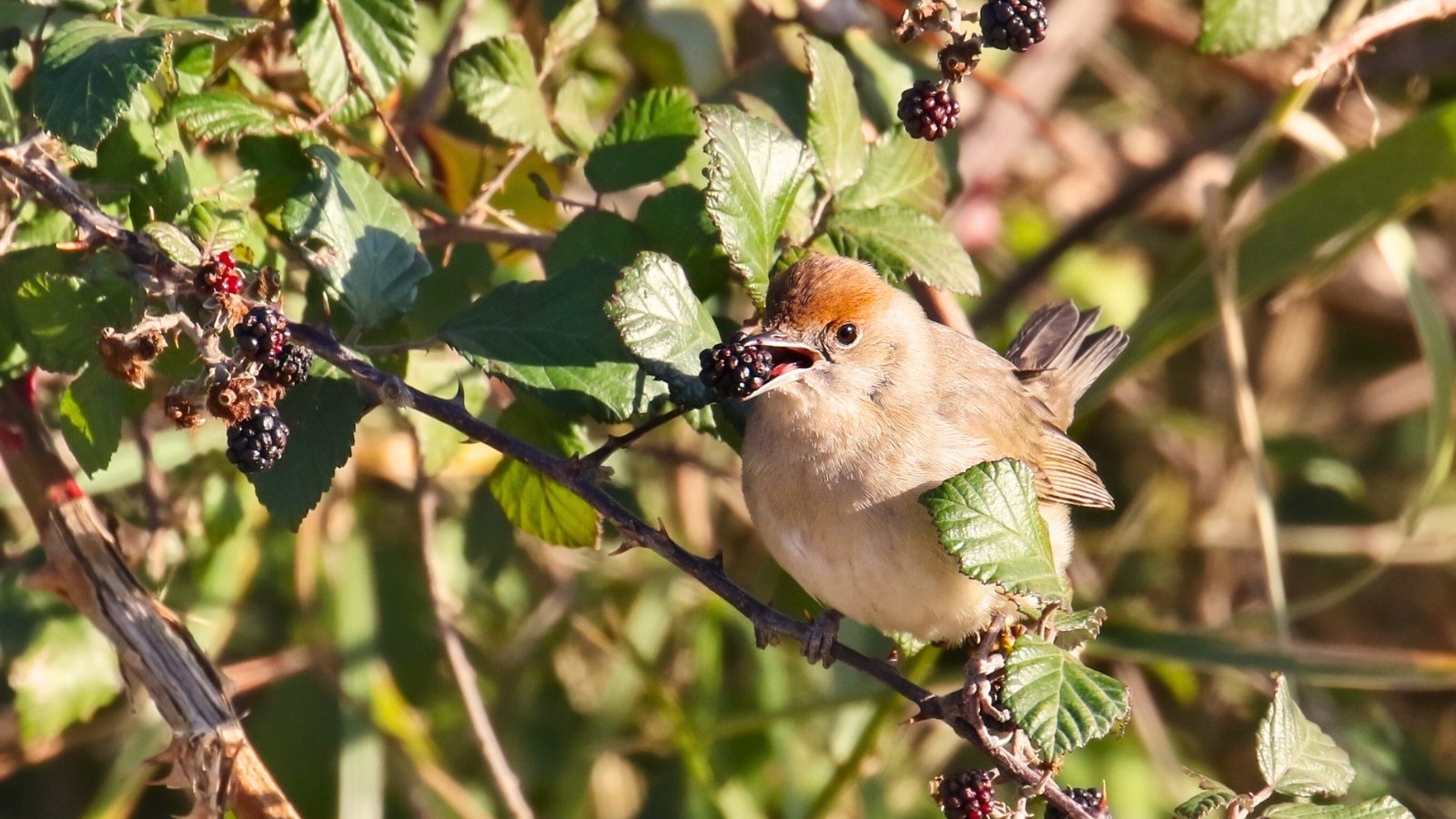

Sadly for us, marionberries are as beloved by yard pests as they’re by people. Birds, rabbits, and deer will happily harvest these berries sooner than you’ve made it out to the yard. Bodily limitations like netting or fencing are the most effective methodology of security; no chemical compounds and no harm to the animal.
Cane Borers
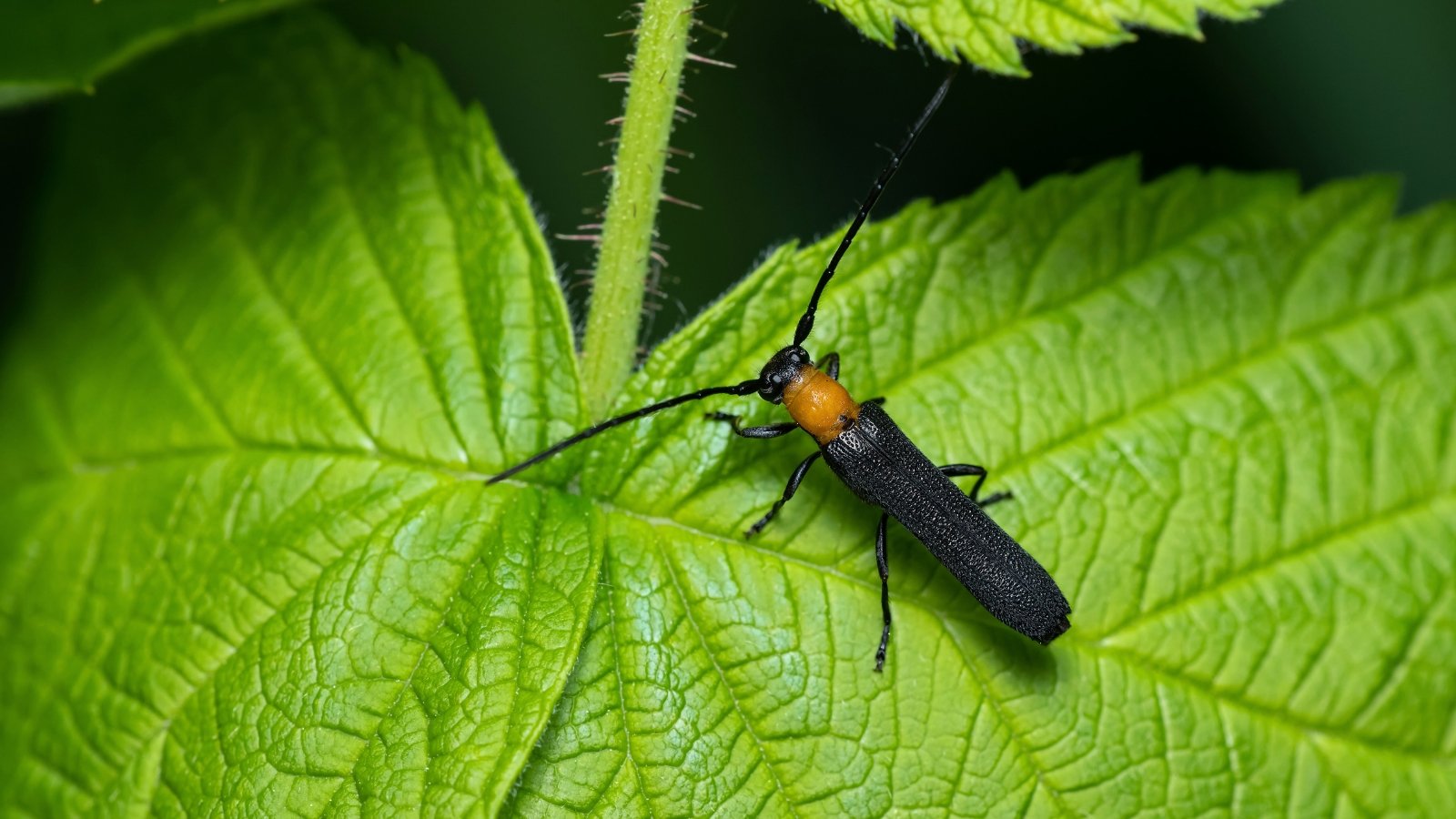

Mature borers are clear-winged moths, nonetheless the immature larvae do most of the harm. Cane borers will tunnel by specific individual canes and part of the plant’s crown, severely weakening the plant. Prune and toss contaminated canes as rapidly as doable. Sawdust-like frass is a inform story sign the larvae are present.
Japanese Beetles
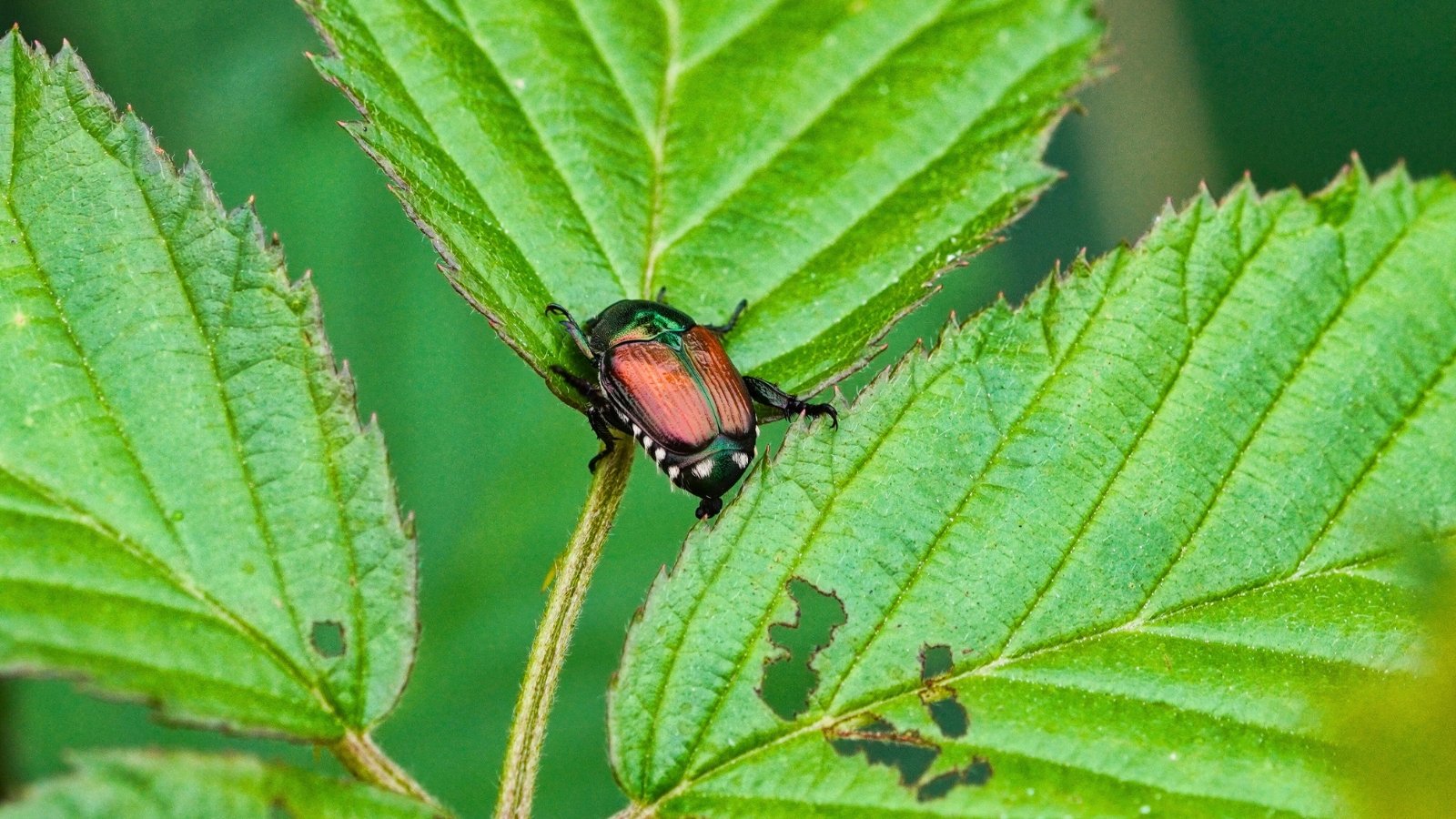

These voracious foliage feeders will demolish the leaves off your roses, zinnias, raspberries, apple bushes, and, positive—marionberries. In case you occur to catch them early, merely determine off the individual beetles and toss them proper right into a bottle of soapy water. As soon as extra, a bodily barrier may be the most effective security proper right here. Take note of masking your berry canes with a row cowl that may let in a great deal of gentle and water nonetheless block the beetles.
If Japanese beetles have been a serious problem throughout the yard, cease them with treatments of useful nematodes. For in all probability essentially the most success, cope with the soil ahead of the season in spring. Space two capabilities two weeks apart in temperatures between 50 and 80°F (10-27°C).
Aphids
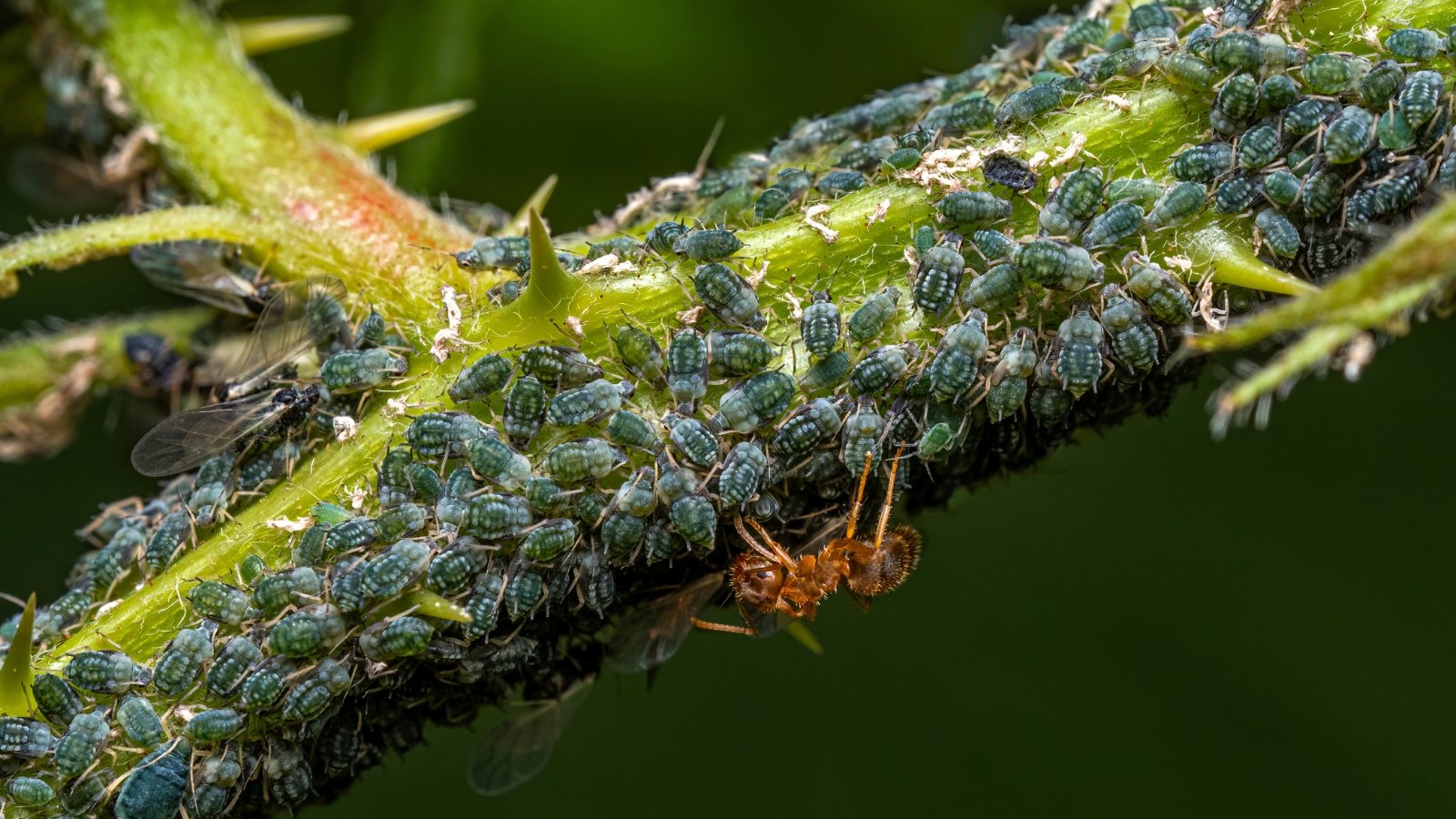

Aphids are tiny sucking bugs that feed on the undersides of leaves. They slowly drain the fluid from the plant, and leaves will curl and die. Aphids depart a sticky substance of their wake that attracts ants along with a number of sorts of mould.
Start your remedy with a robust stream of water from a hose. Observe up with insecticidal cleansing cleaning soap sprayed on the infested leaves, or take note of attracting useful predatory wasps or ladybeetles to take care of the aphid inhabitants in confirm. Plant bonesets, yarrow, dill, and fennel shut by to host these bugs. Many vegetation help useful predators. Carry out some analysis to see which might be most interesting in your yard.
Sicknesses
Pathogens thrive in humid areas with poor circulation.
Orange Rust
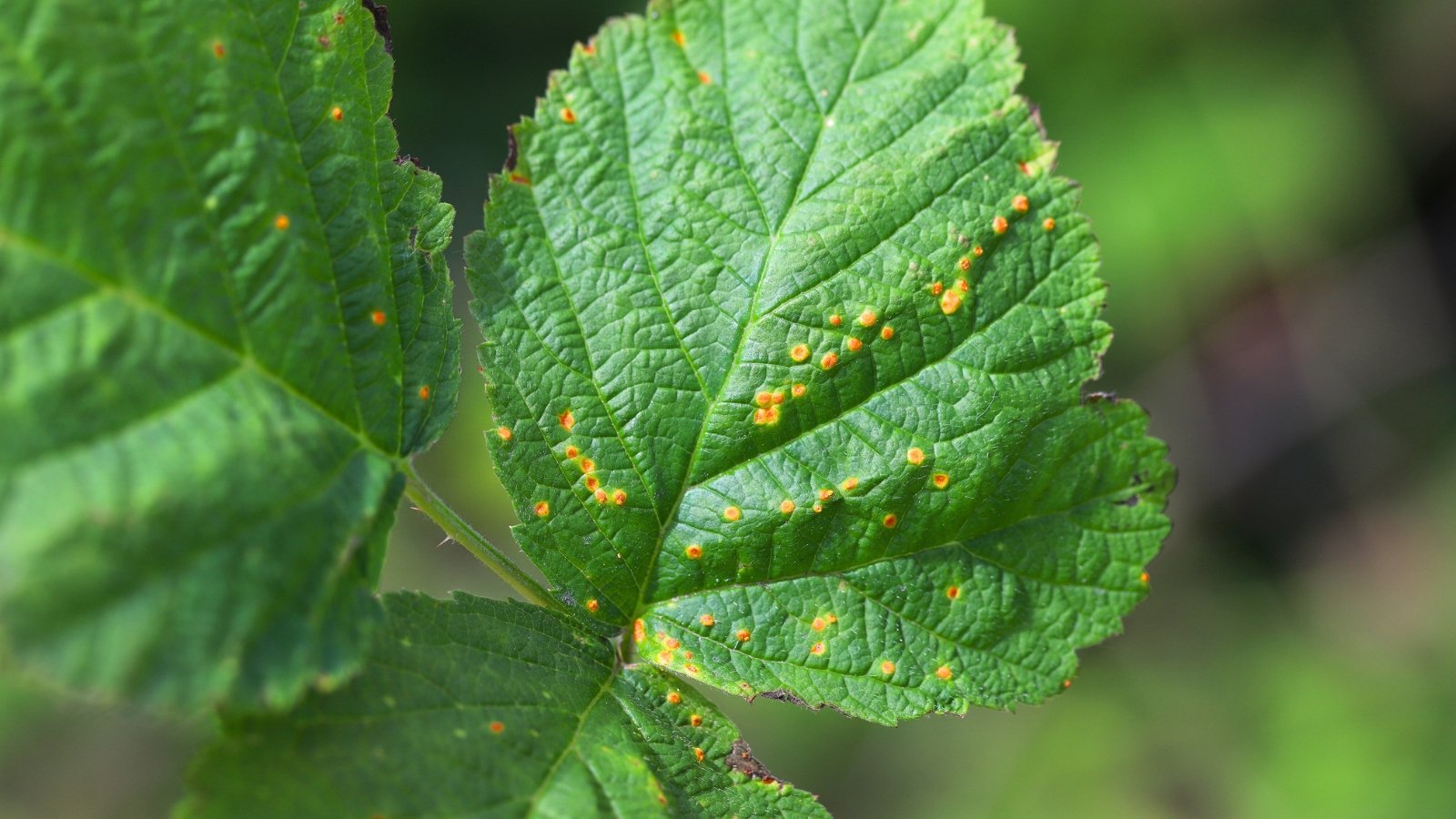

This fungus appears as a vivid orange powder on the lower leaves, which lastly wither and die. Orange rust spores unfold merely by the use of the wind, and cool, moist circumstances tremendously exacerbate the an an infection. The fungus is systemic and may overwinter throughout the crown and canes of marionberries, so incidental pruning isn’t going to help.
Contaminated vegetation should be dug up and far from the yard. Forestall orange rust by spacing specific individual vegetation at least 5-6 toes apart and thinning floricanes immediately after berry harvest to take care of good air circulation between vegetation.
Cane Blight
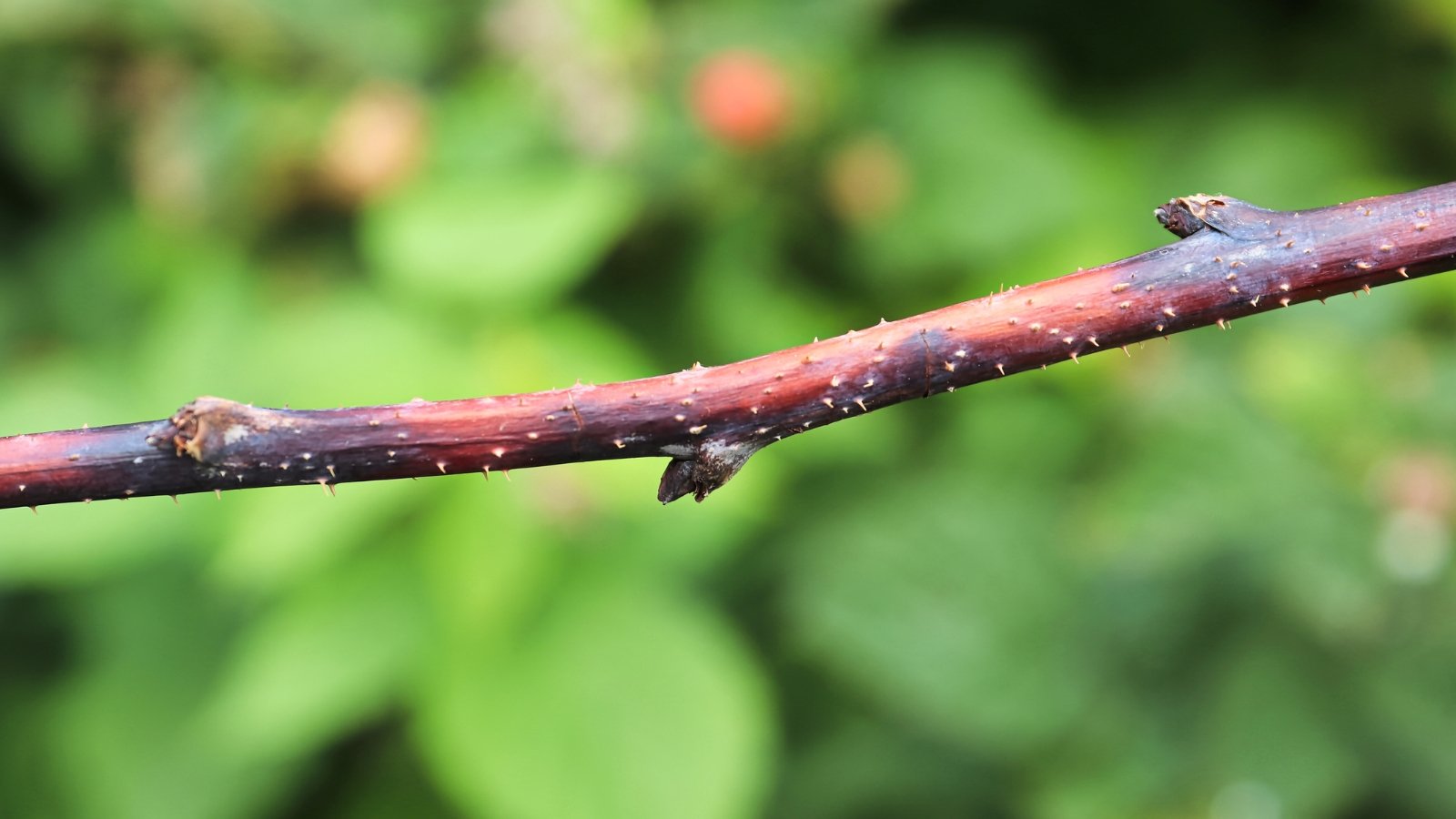

Cane blight is attributable to a typical fungus that moreover causes stem canker on roses. Contaminated canes might have a darkish brown an an infection line with lifeless shoots and leaves above that line. Cane blight is additional prevalent on vegetation that are injured or improperly pruned.
Encourage passable air circulation between vegetation by pruning and thinning normally. Furthermore, protect healthful, nutrient-rich soil; underfed and beneath fertilized vegetation will produce weak canes that are additional weak to breakage and fewer vulnerable to fend off an an infection.
Anthracnose
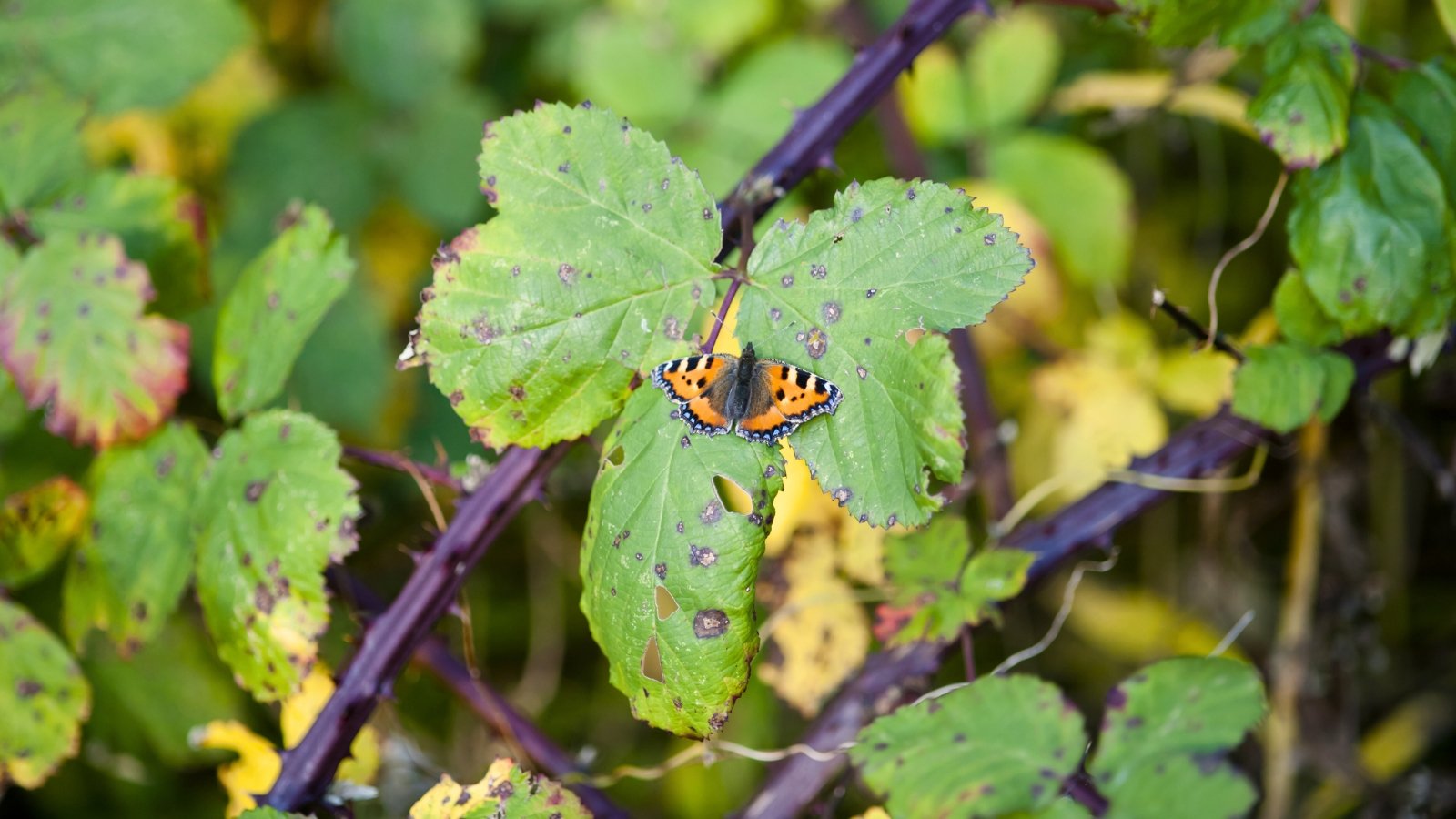

One different fungal sickness, anthracnose is characterised by brown spots with purple edges on contaminated leaves. Spots will lastly unfold to stems and canes, inflicting dieback. It’s best to undoubtedly take away all contaminated marionberry leaves and stems from the yard to cease this sickness from overwintering. Do not compost the prunings. In its place, destroy them or throw them throughout the garbage.
Botrytis
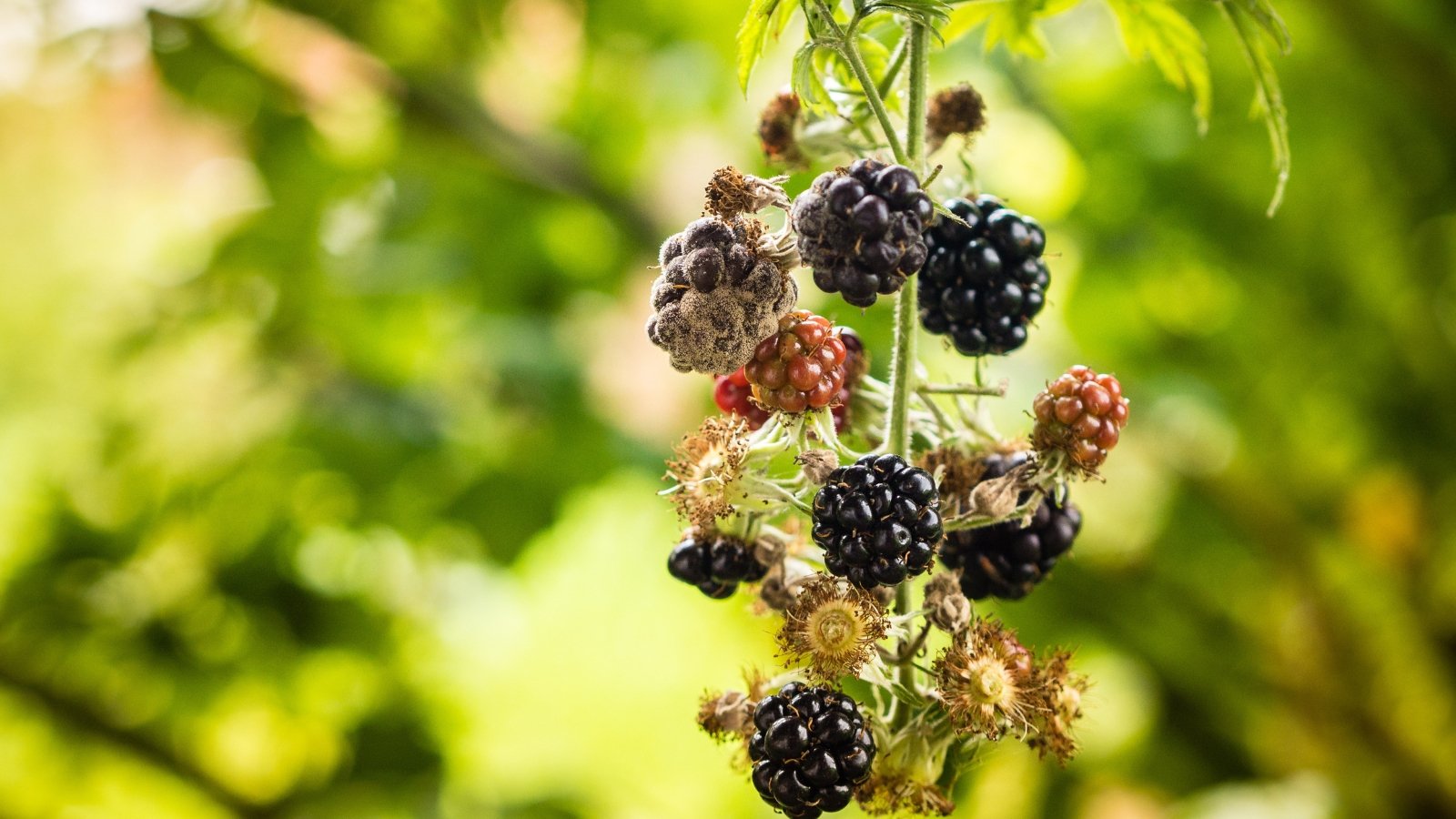

Additionally known as gray mould, this fuzzy, pale gray layer will cowl the berries themselves. Fruits are significantly susceptible if there’s overhead watering or prolonged intervals of warmth, humid local weather. Put together trailing canes up off the underside and prune lifeless or outdated canes normally to encourage passable air circulation between fruits and leaves. Harvest ripe fruits as sometimes as doable to cease them from molding.
Constantly Requested Questions
Certain! Marionberries are a cultivated form of blackberry that you could possibly be moreover see written as ‘Marion’ blackberry.
No. Marionberry is a commercially cultivated form of berry that does not germinate merely from seed. Don’t confuse this plant with the Himalayan blackberry (Rubus armeniacus), a very fully totally different species that arrived from Europe and spreads aggressively.
Nope! Marionberries are self-pollinating, that implies that just one plant alone will produce fruit.
[ad_2]
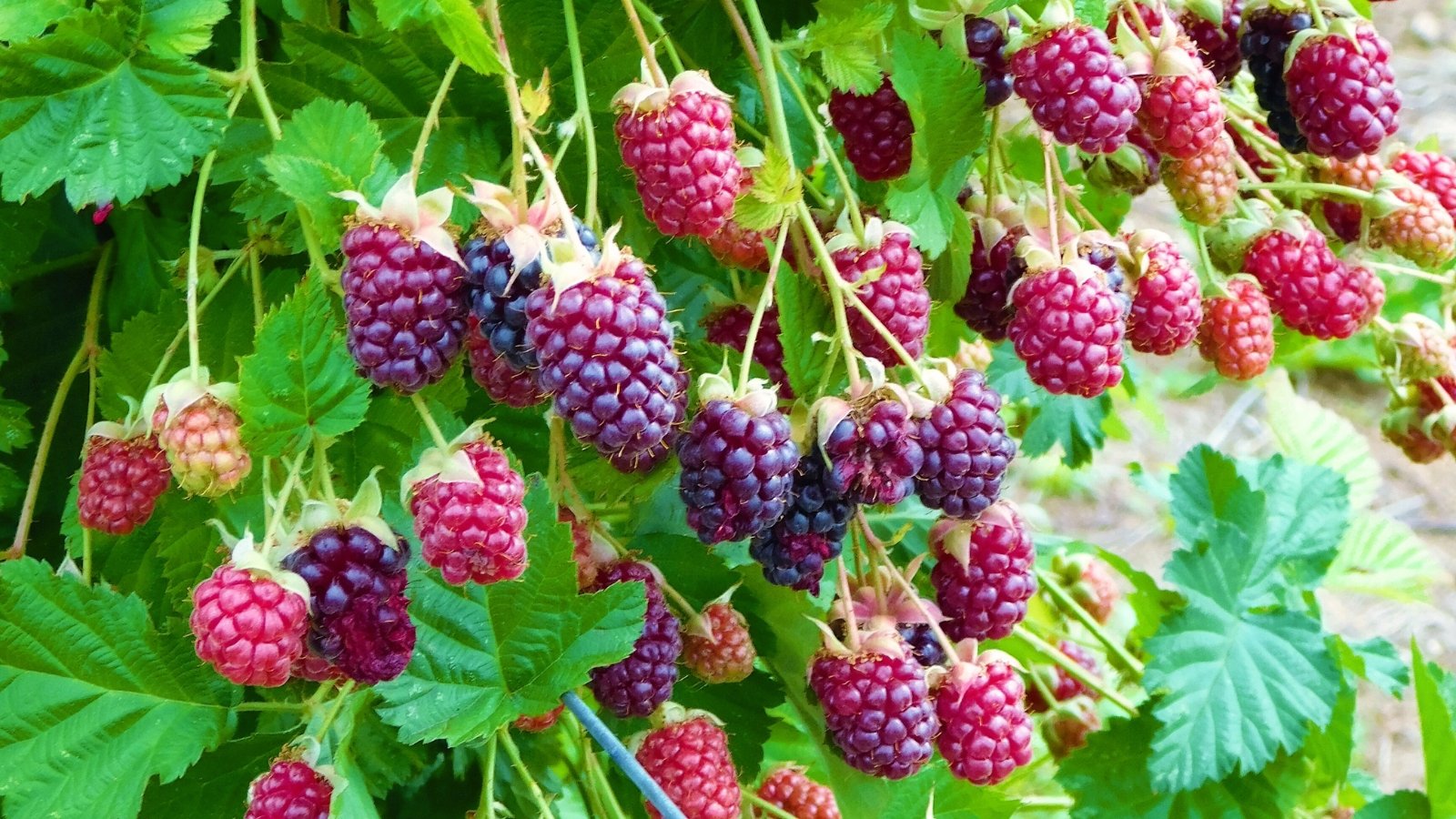

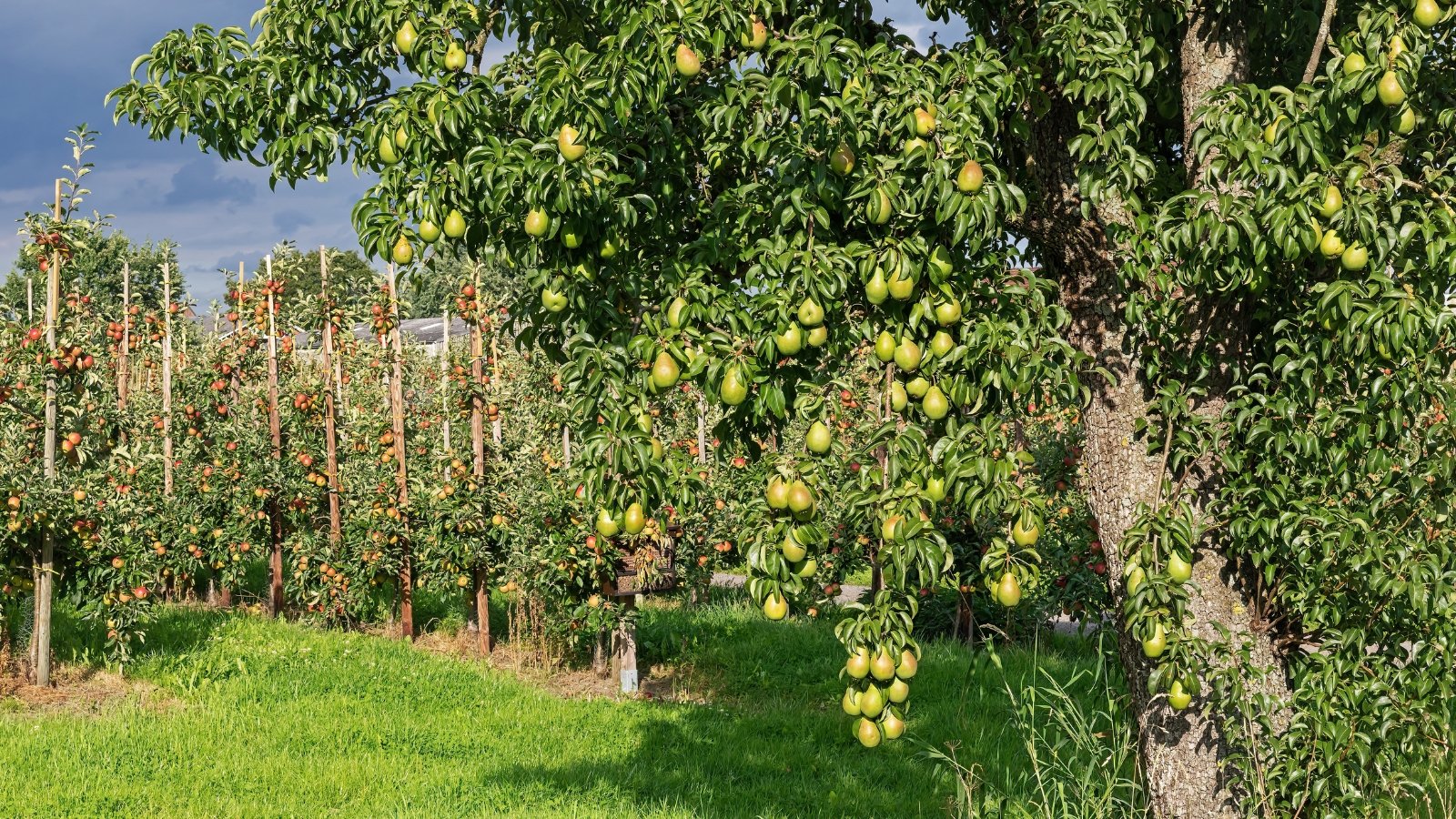
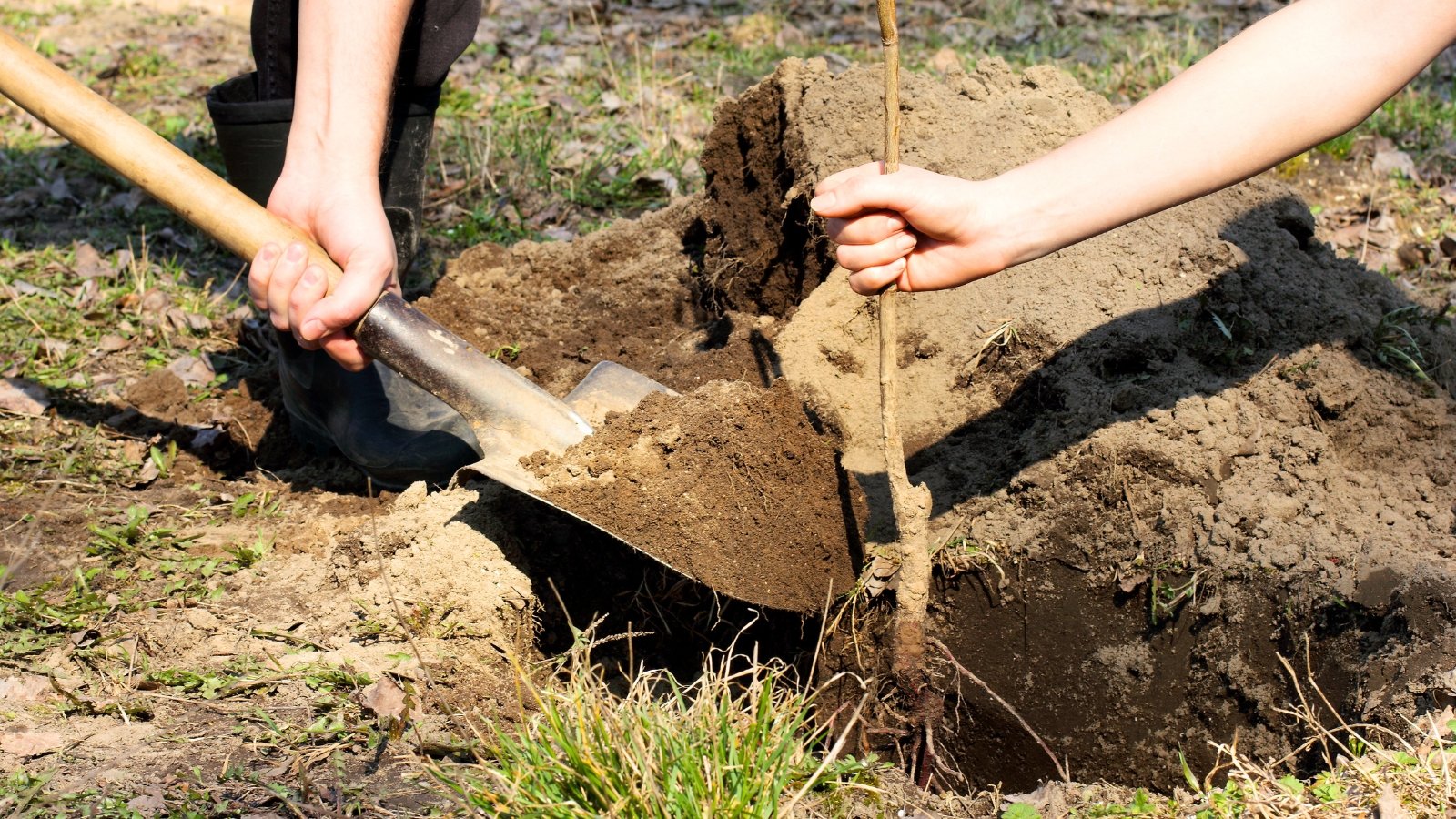
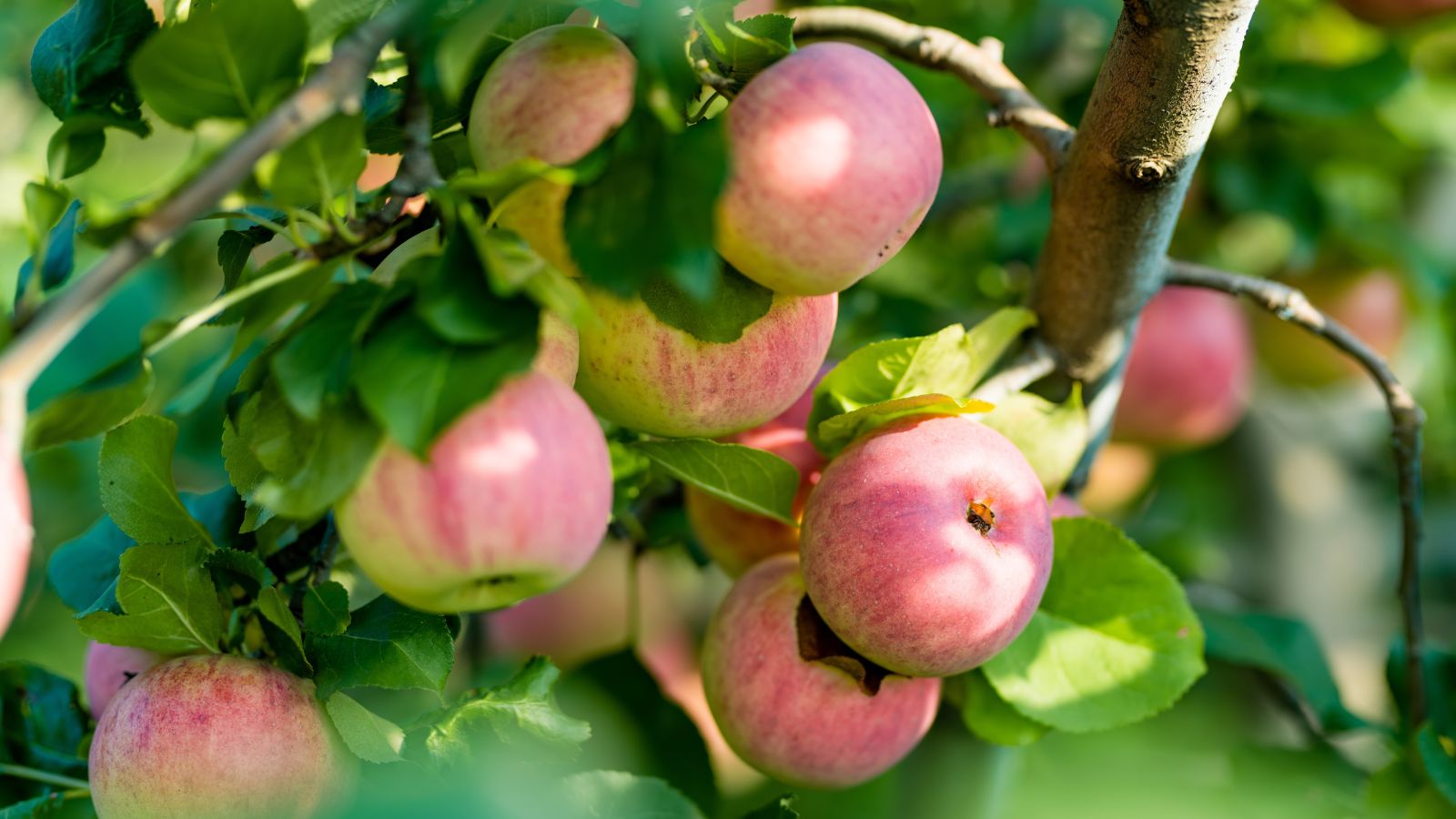
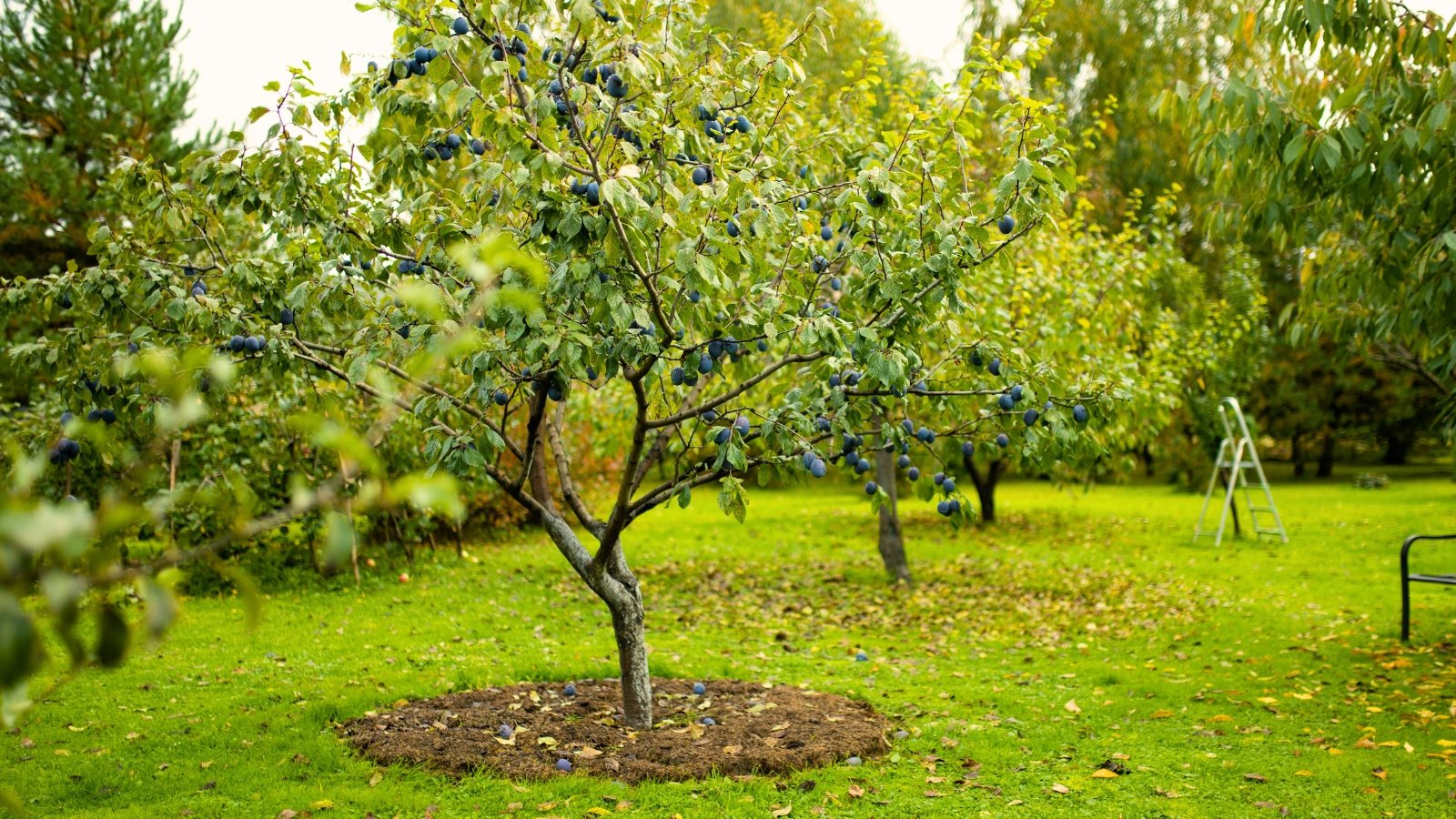
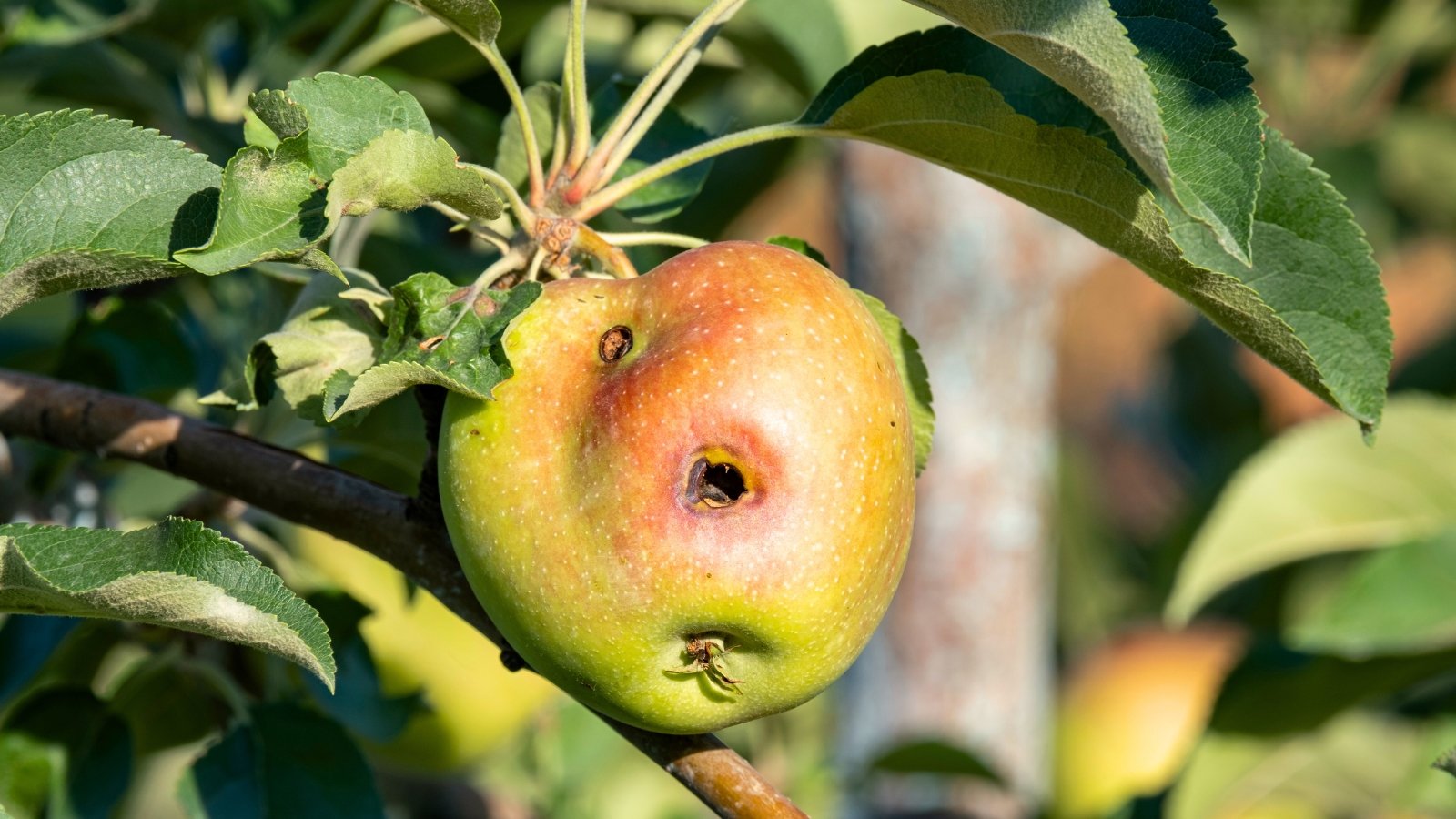
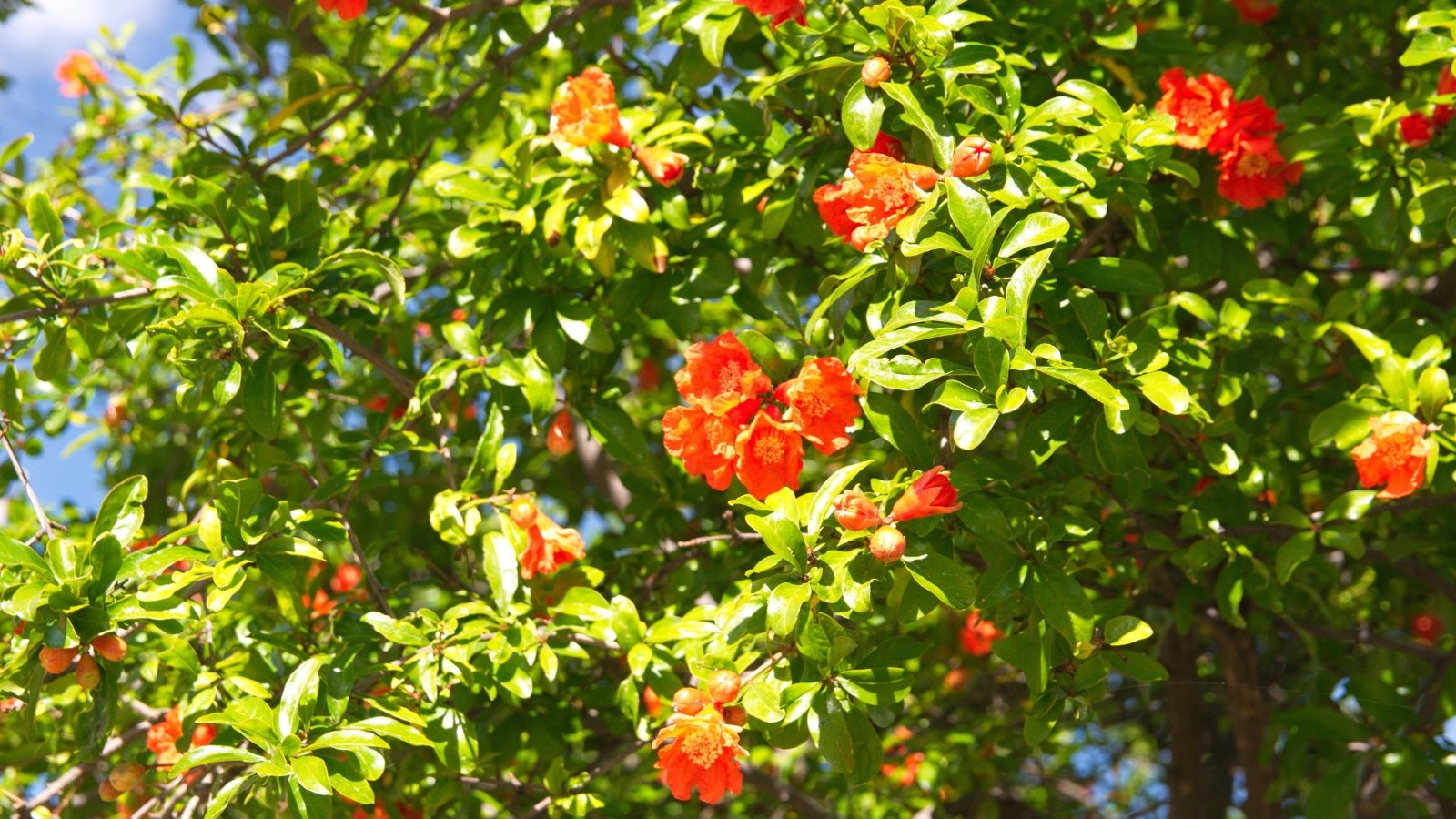
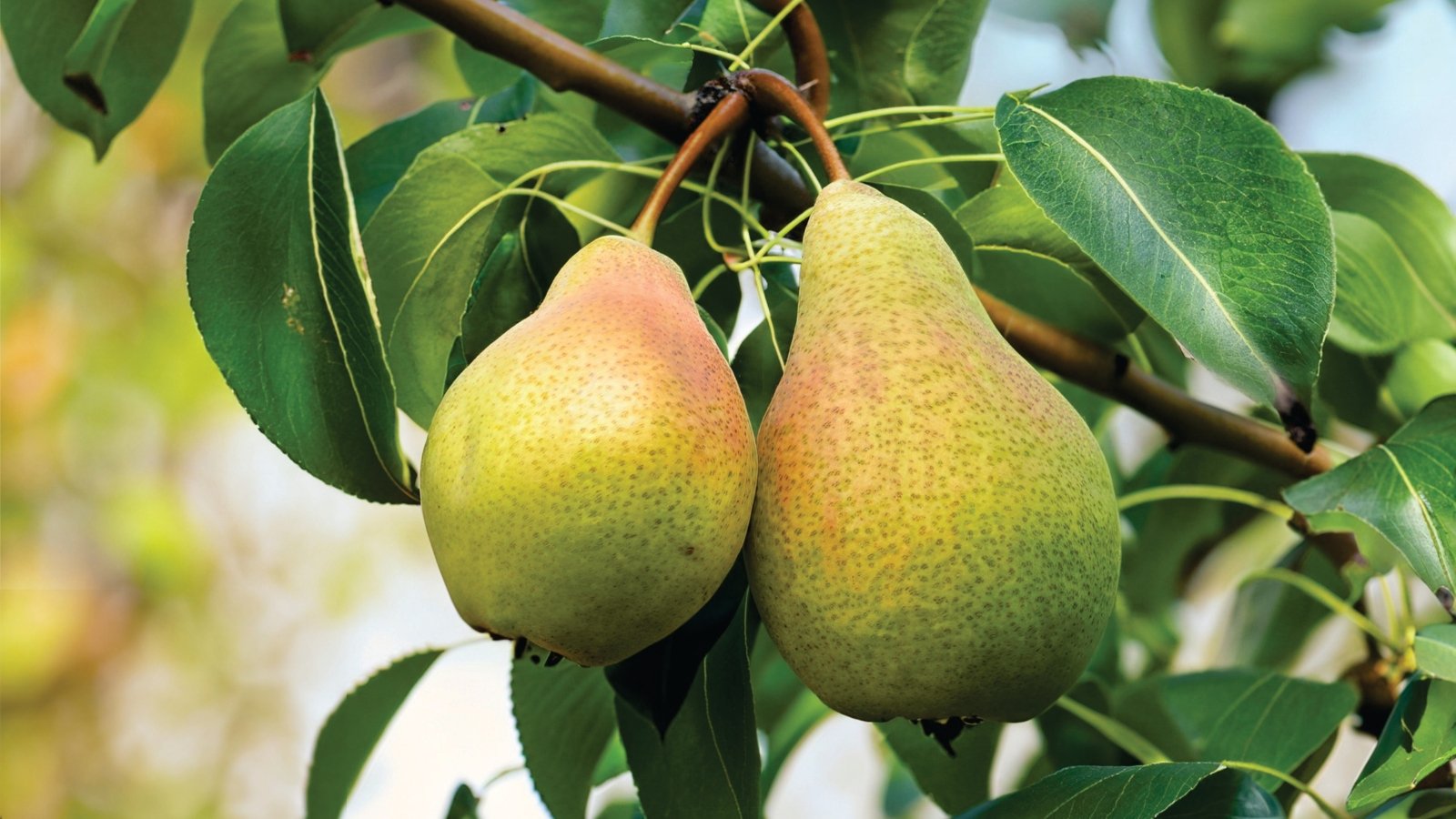
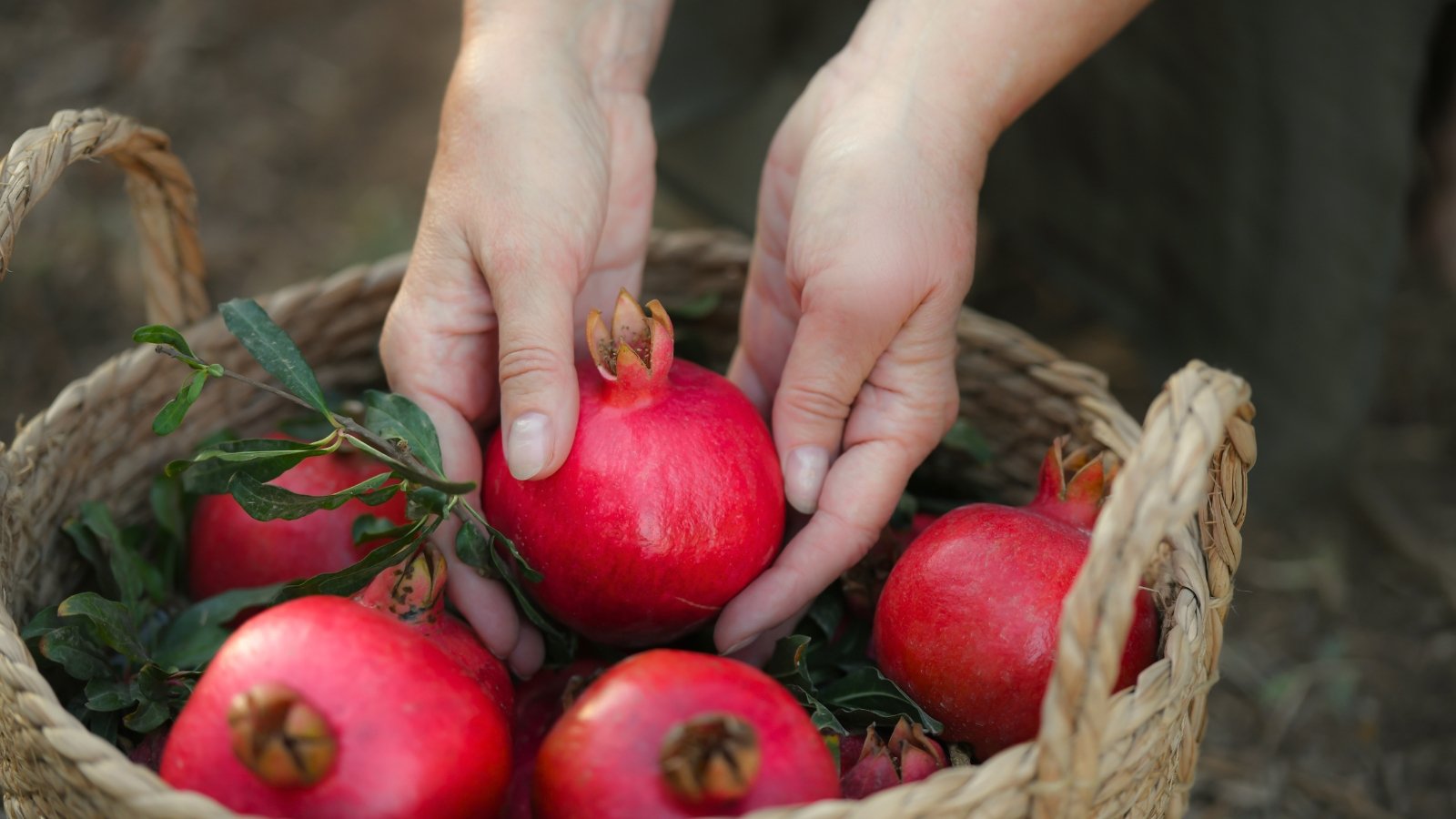
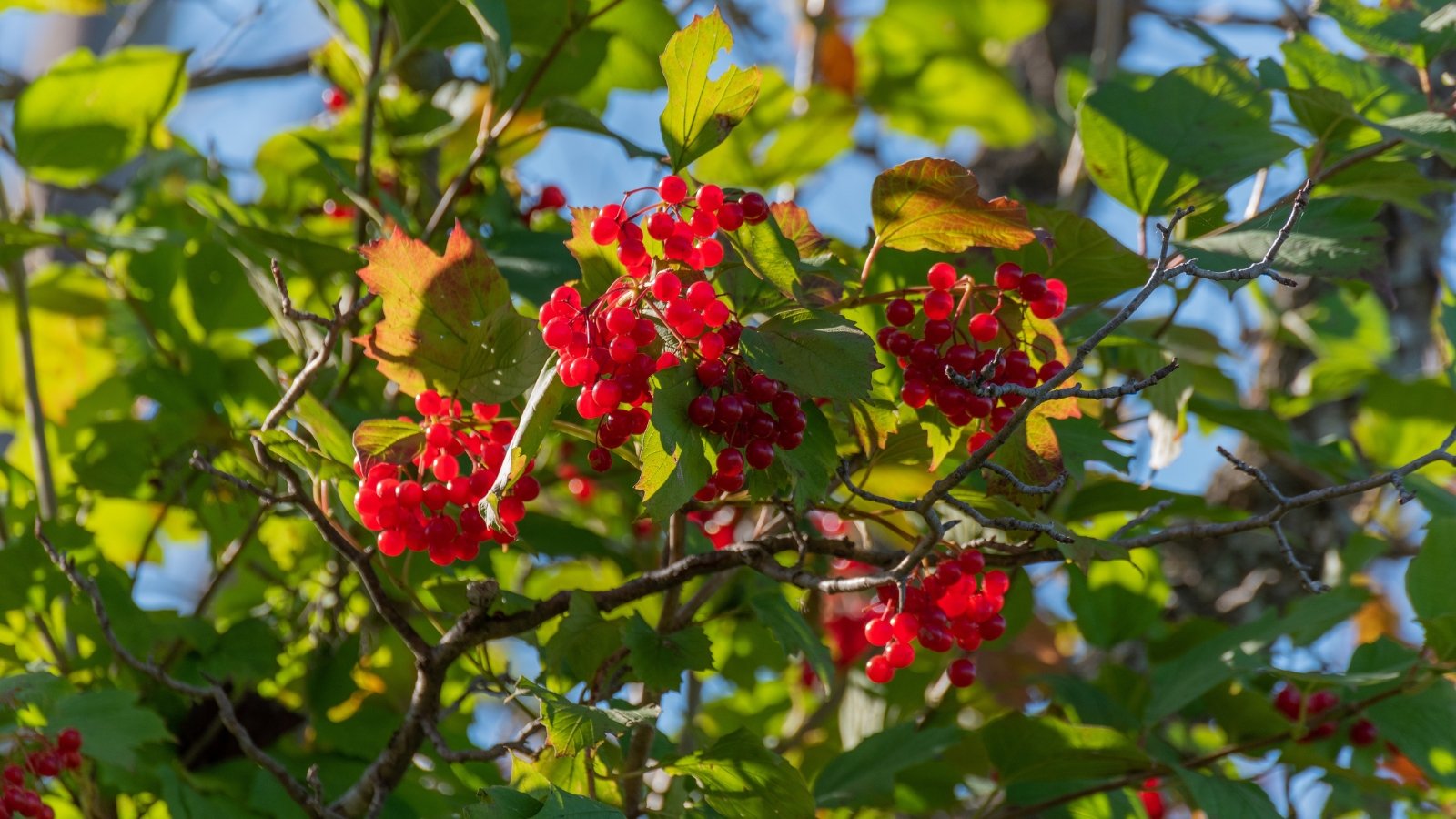
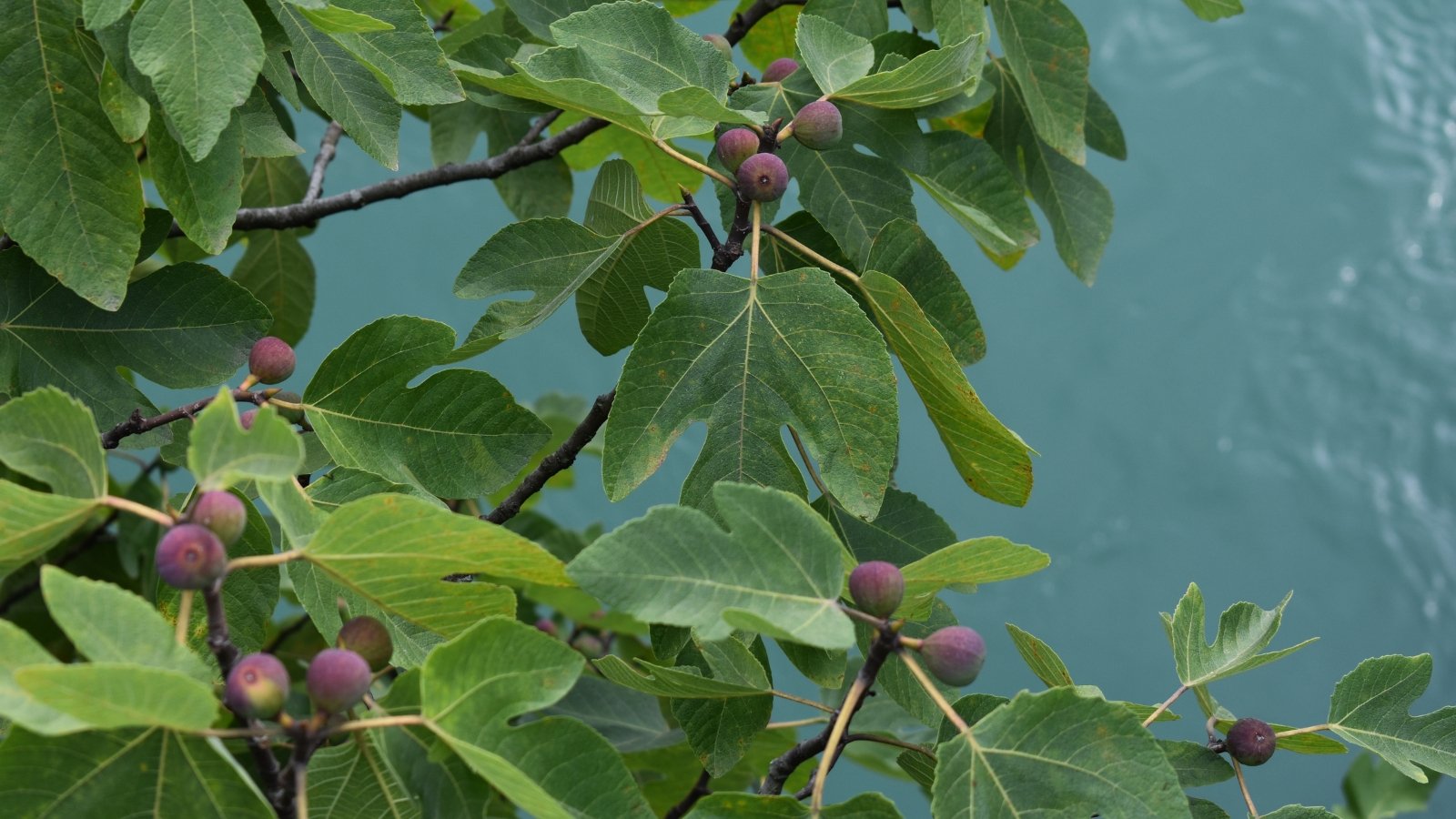
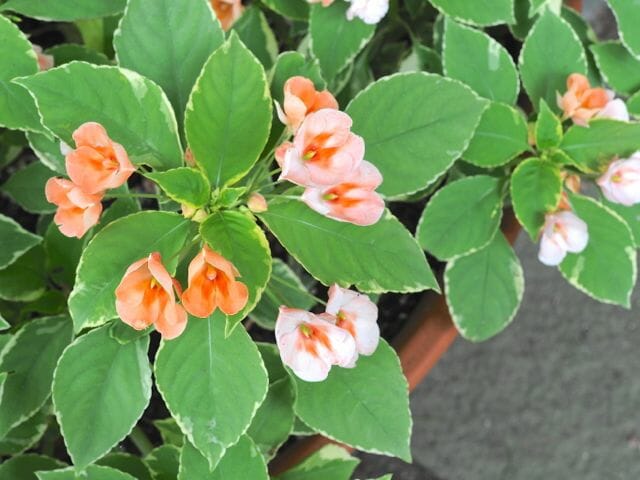
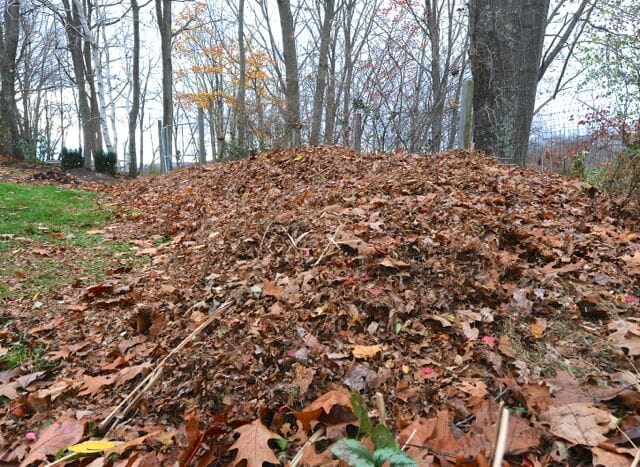

SunnyDaze
The article provides a comprehensive overview of marionberries. It’s interesting to learn about their origin and how they’re cultivated. I appreciate the details on growing conditions and pest management, which are crucial for any gardener.